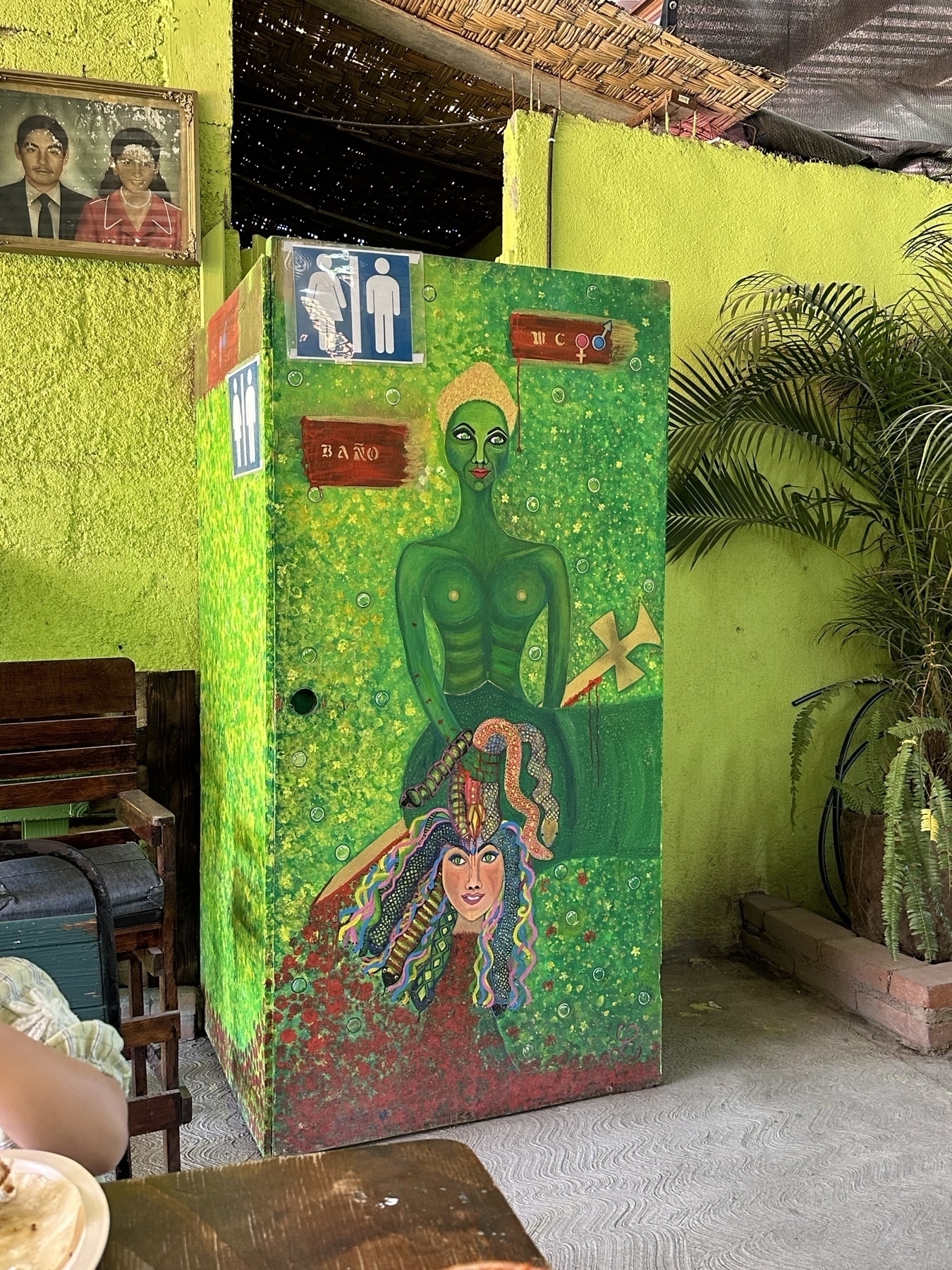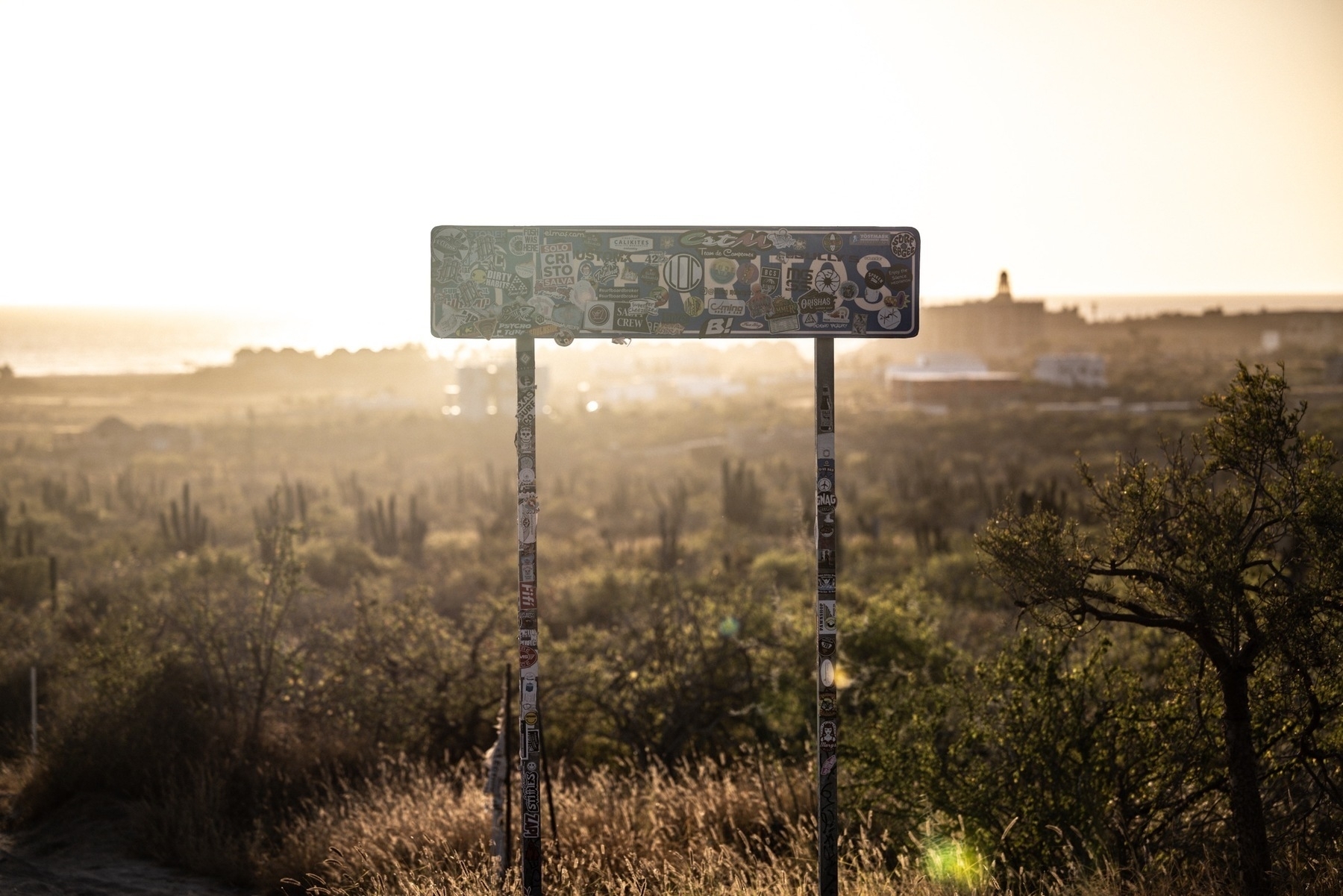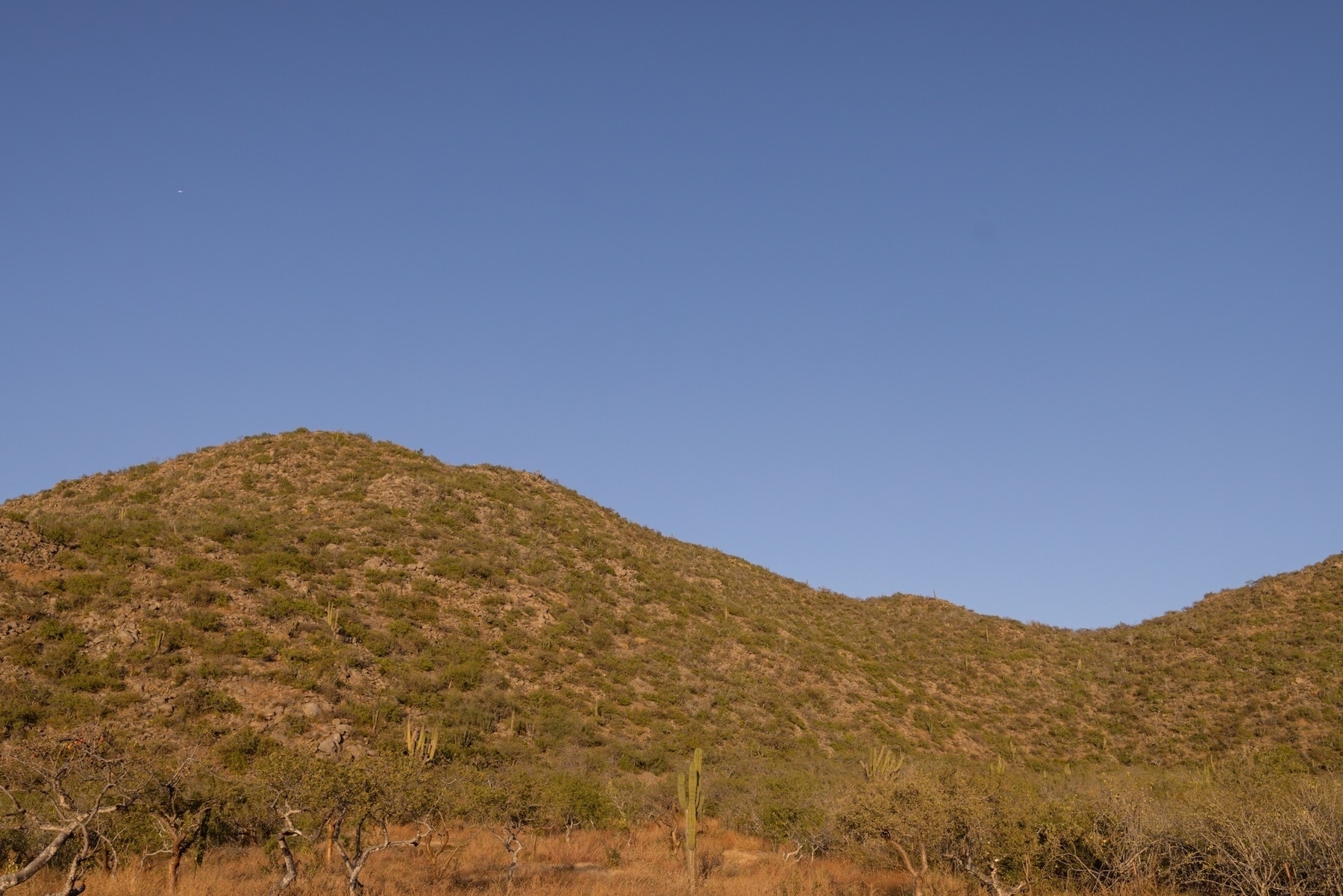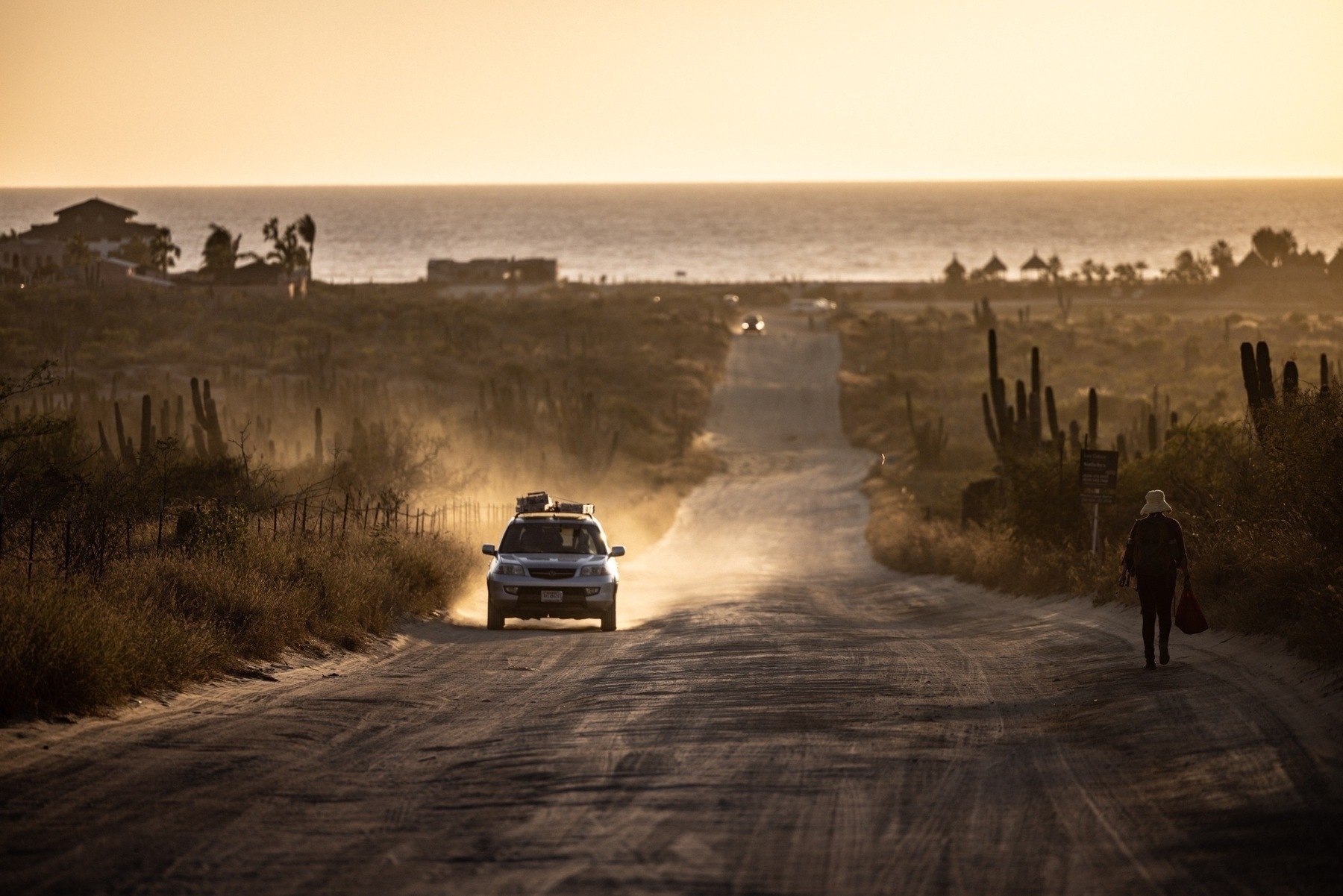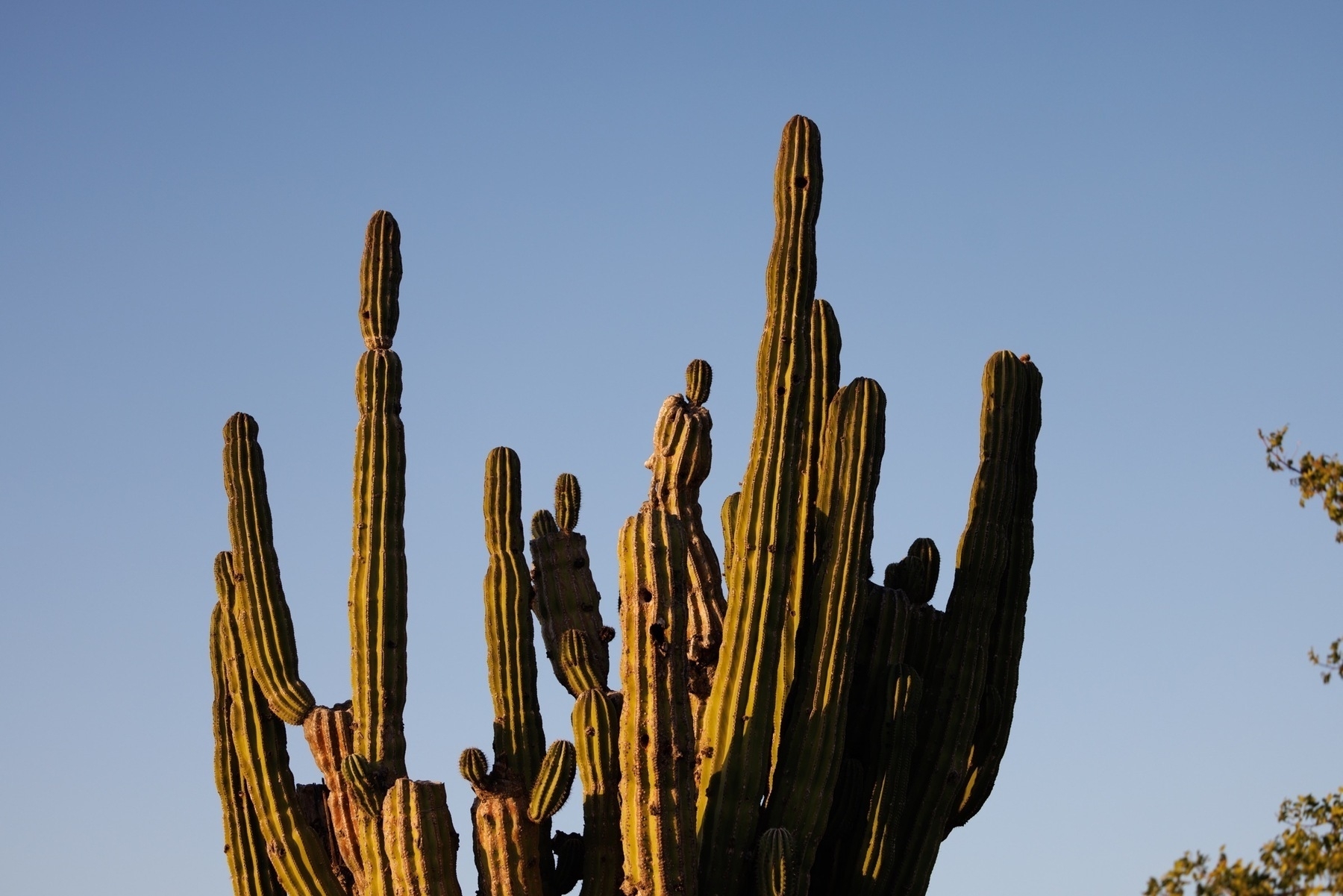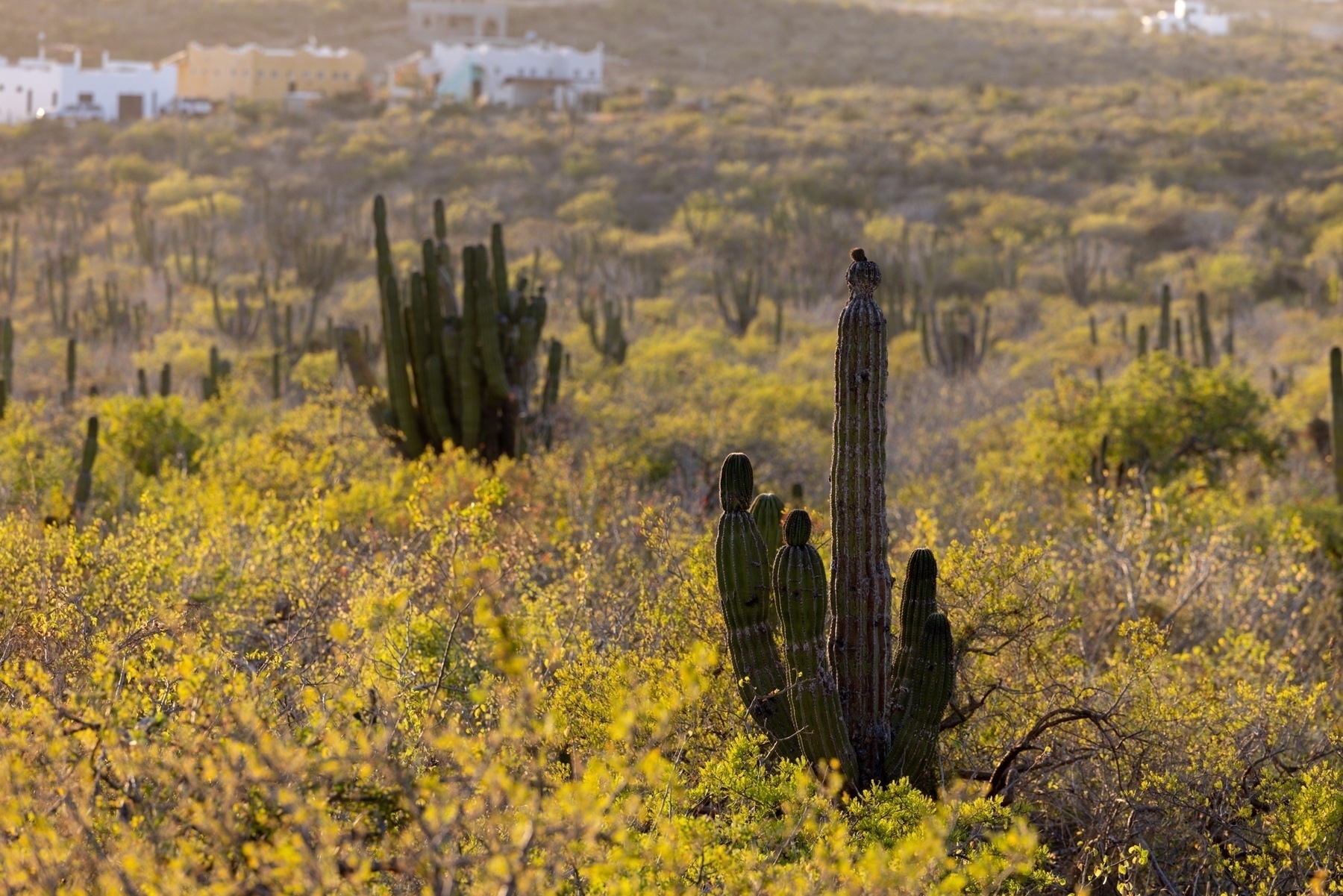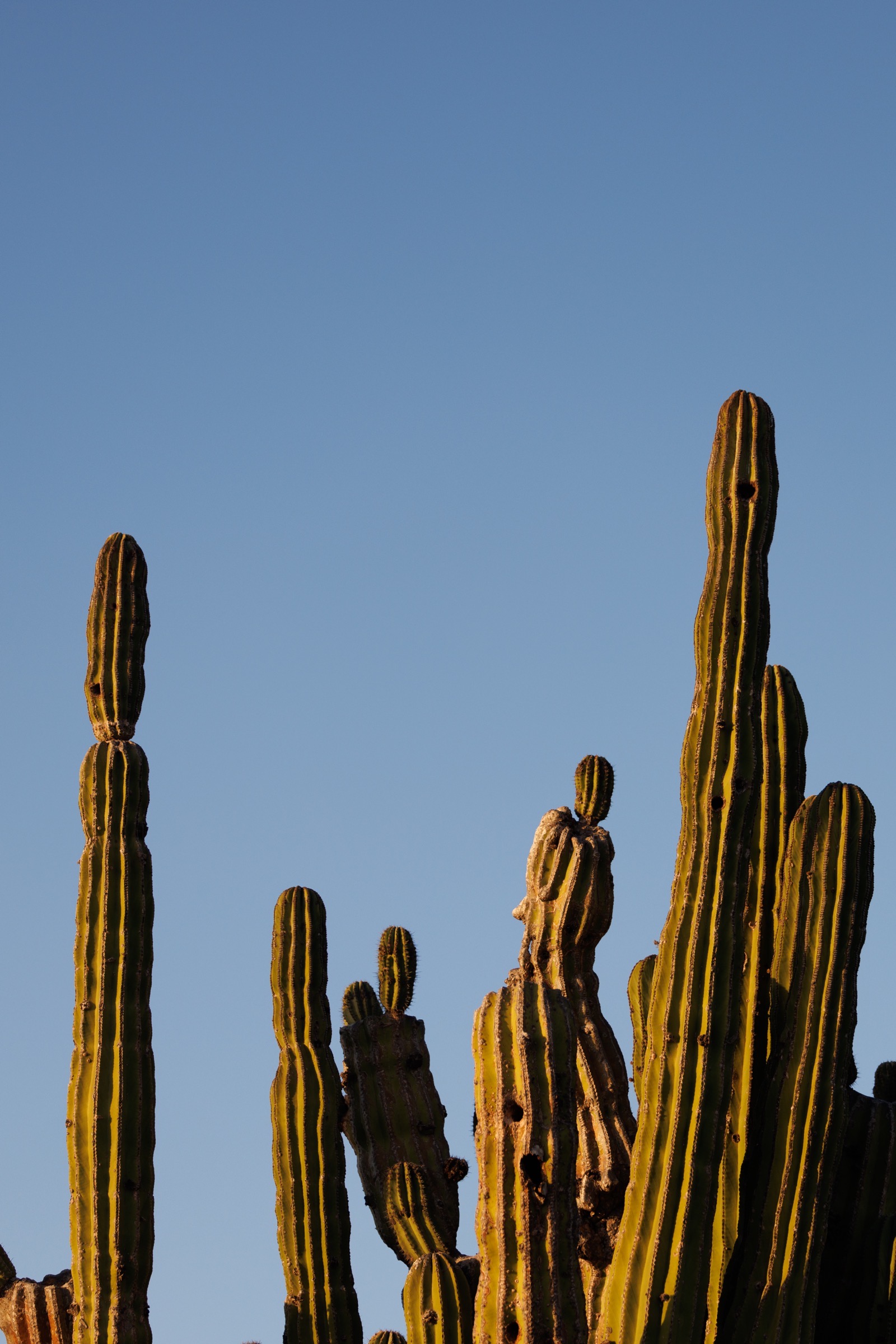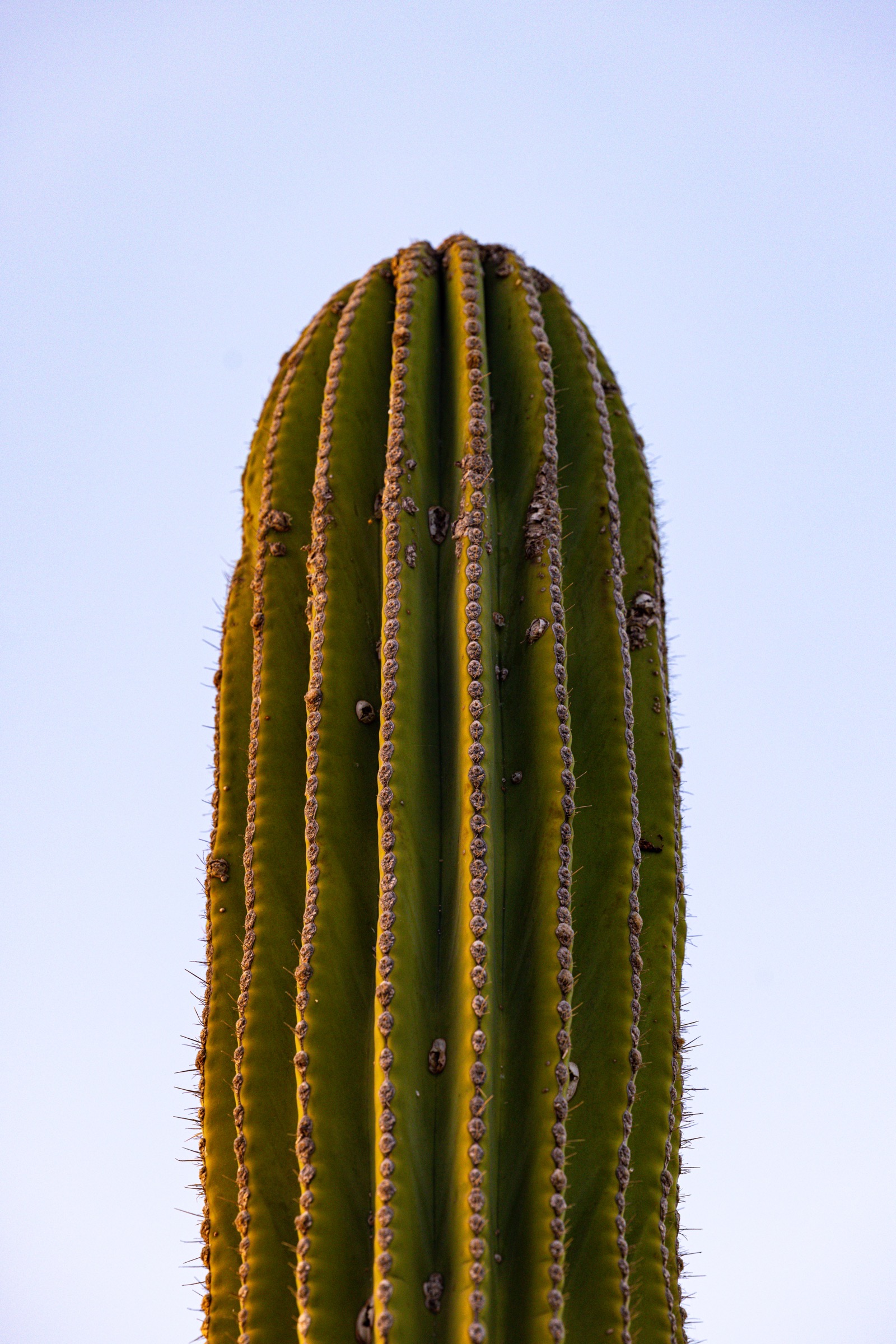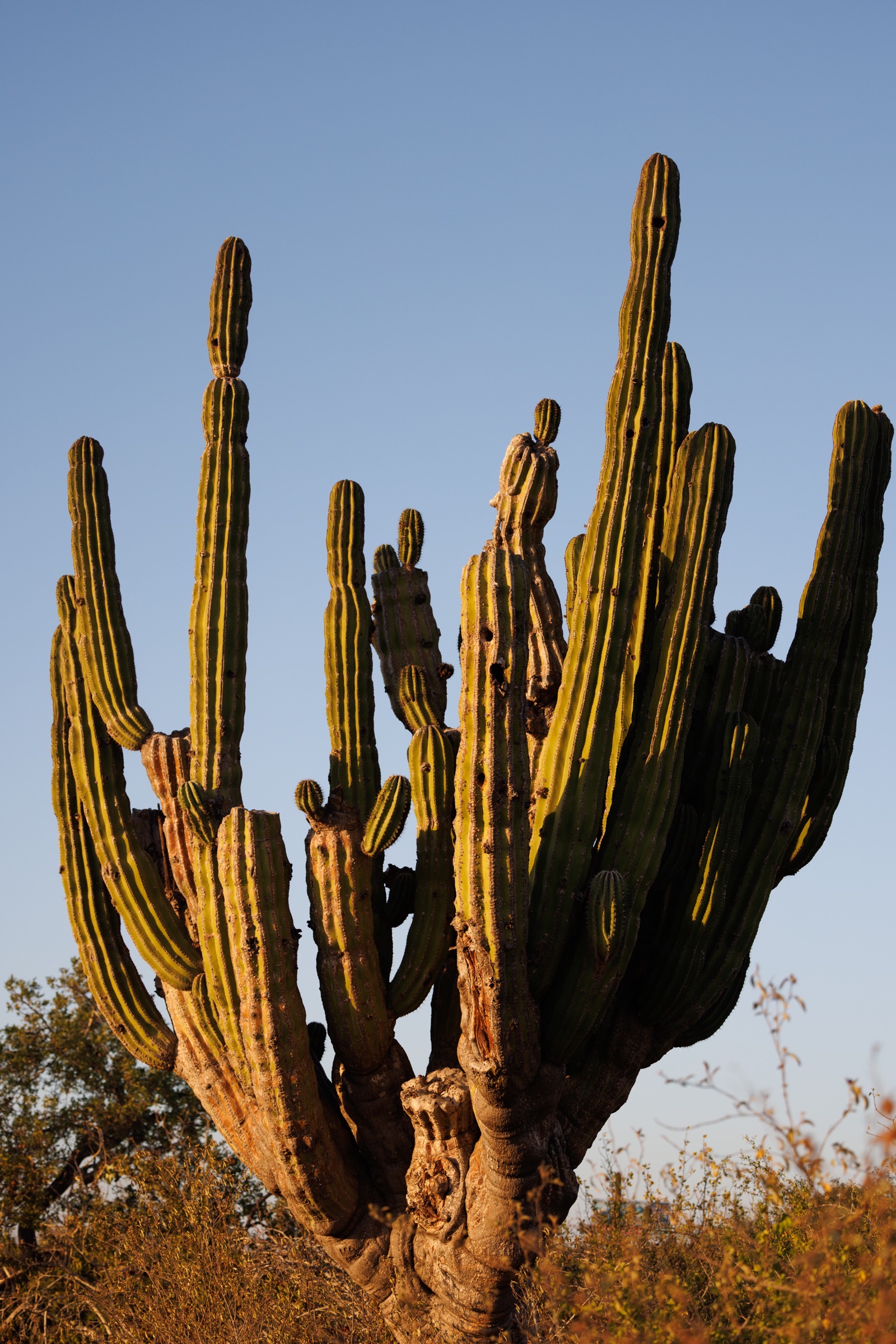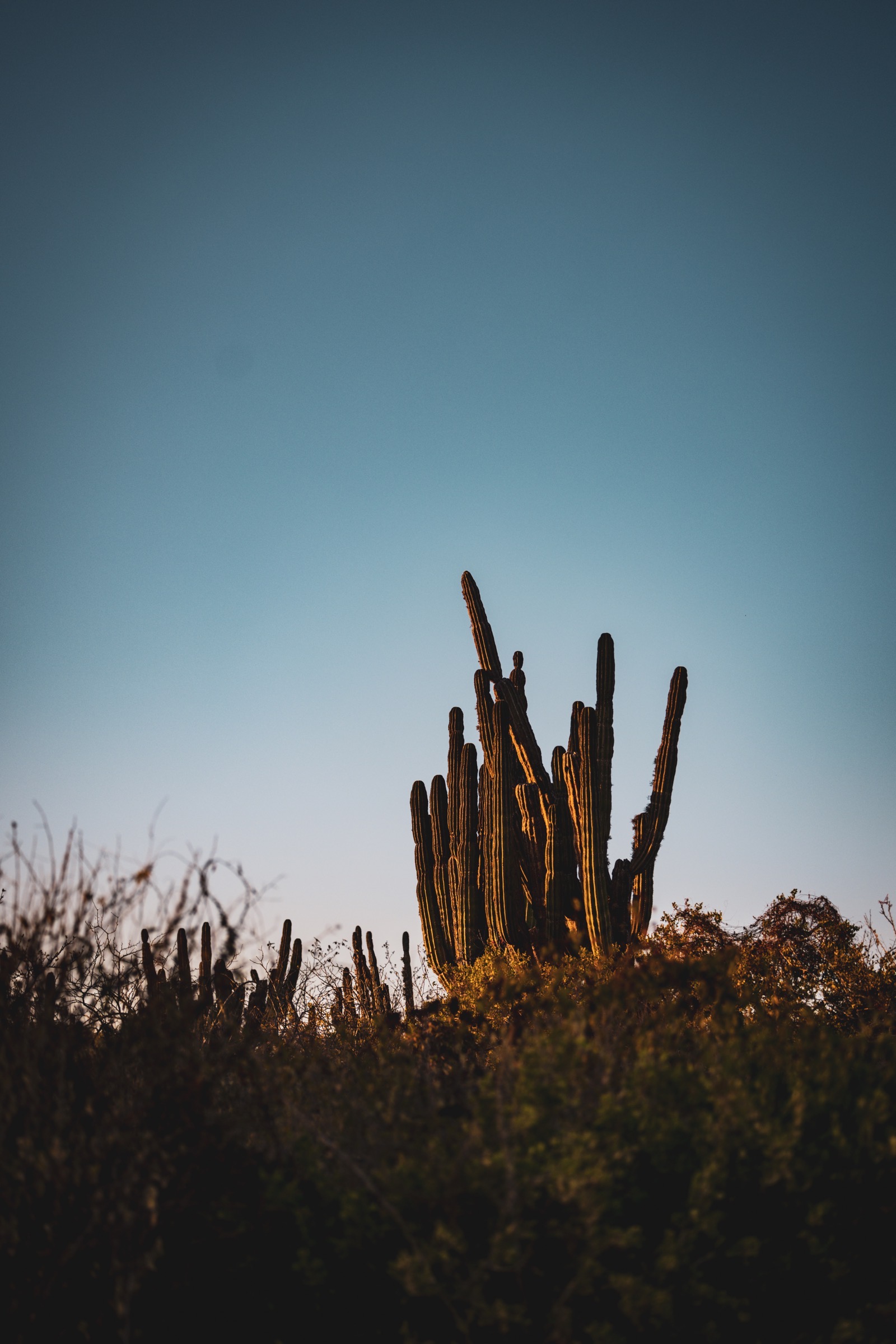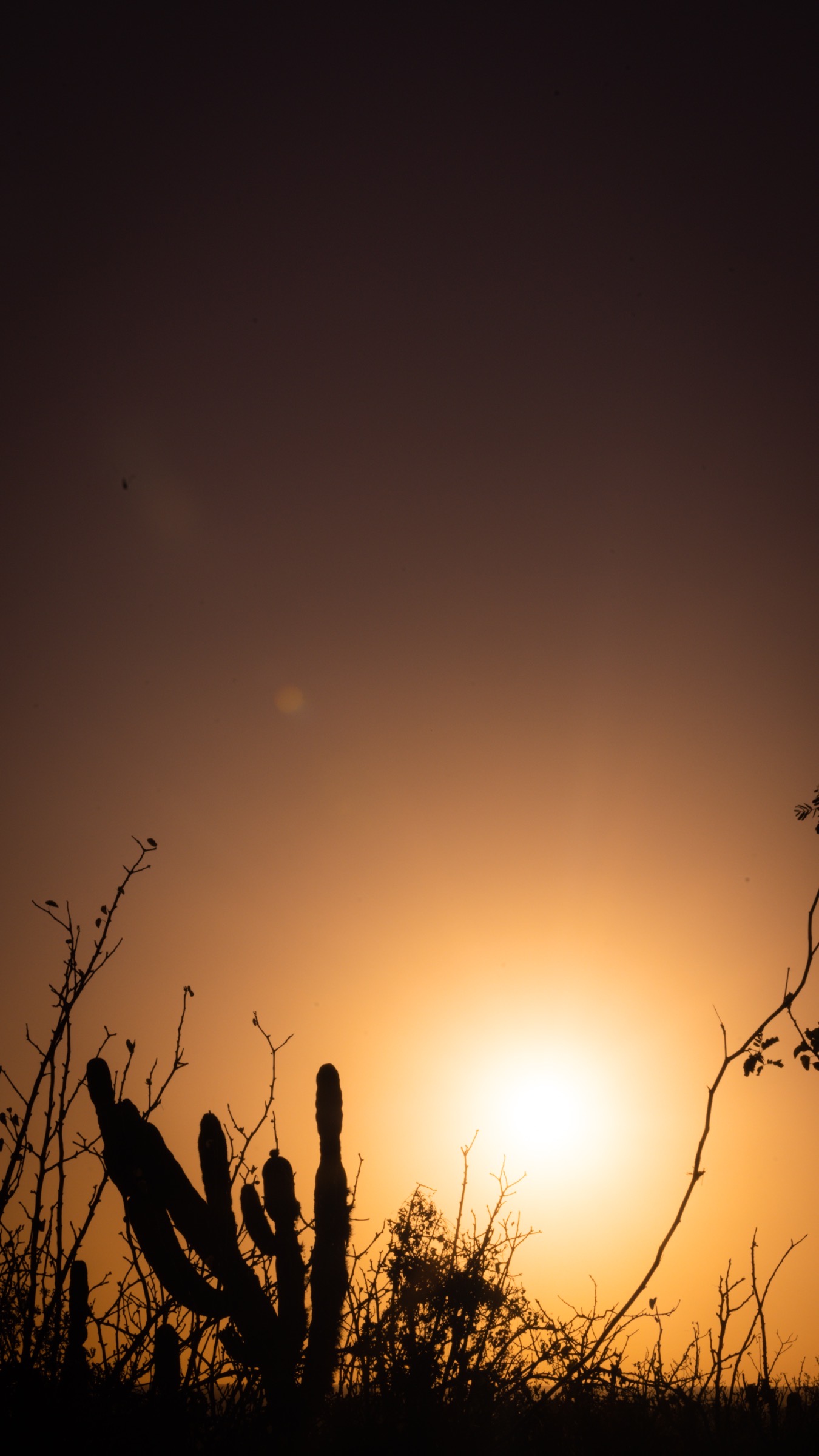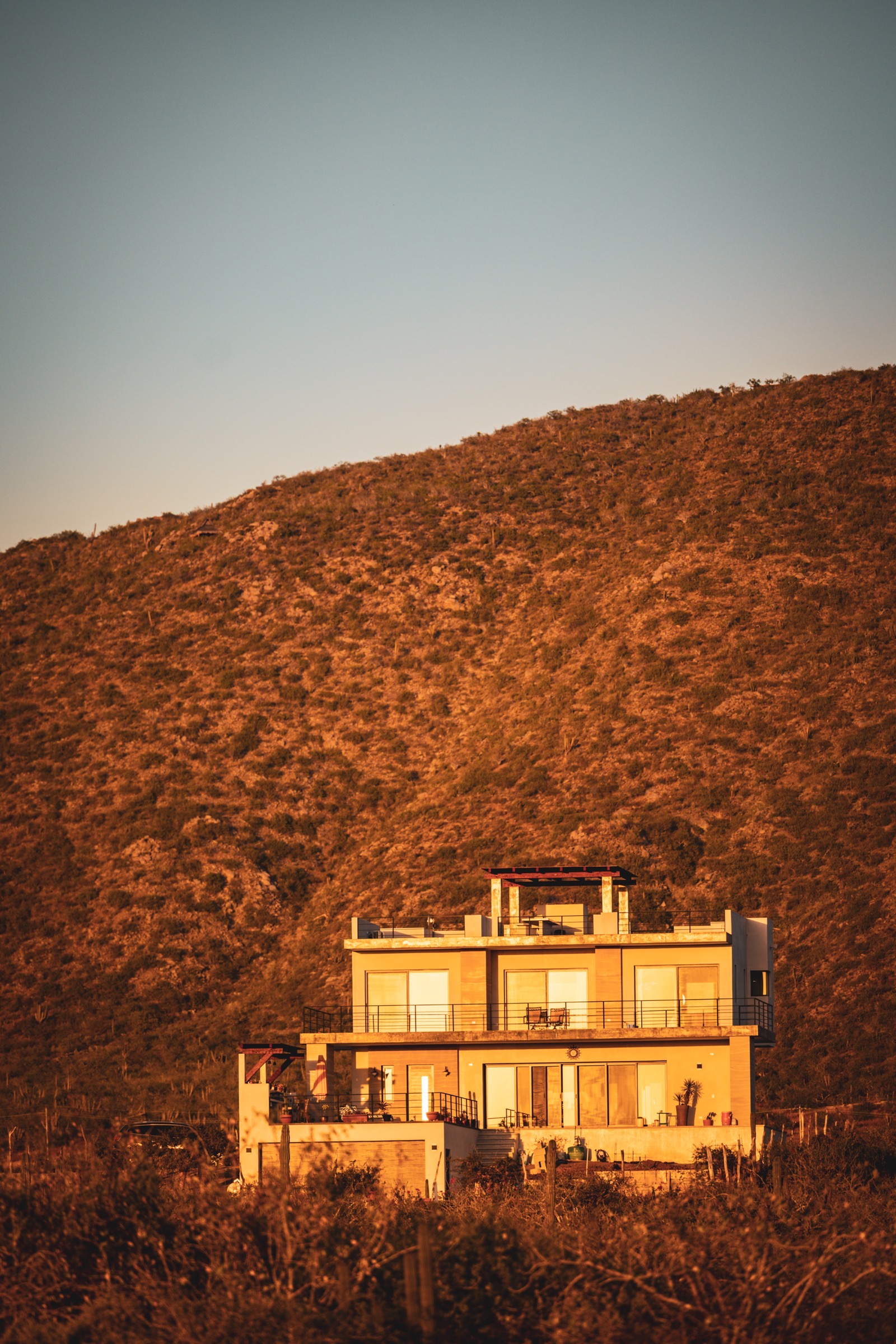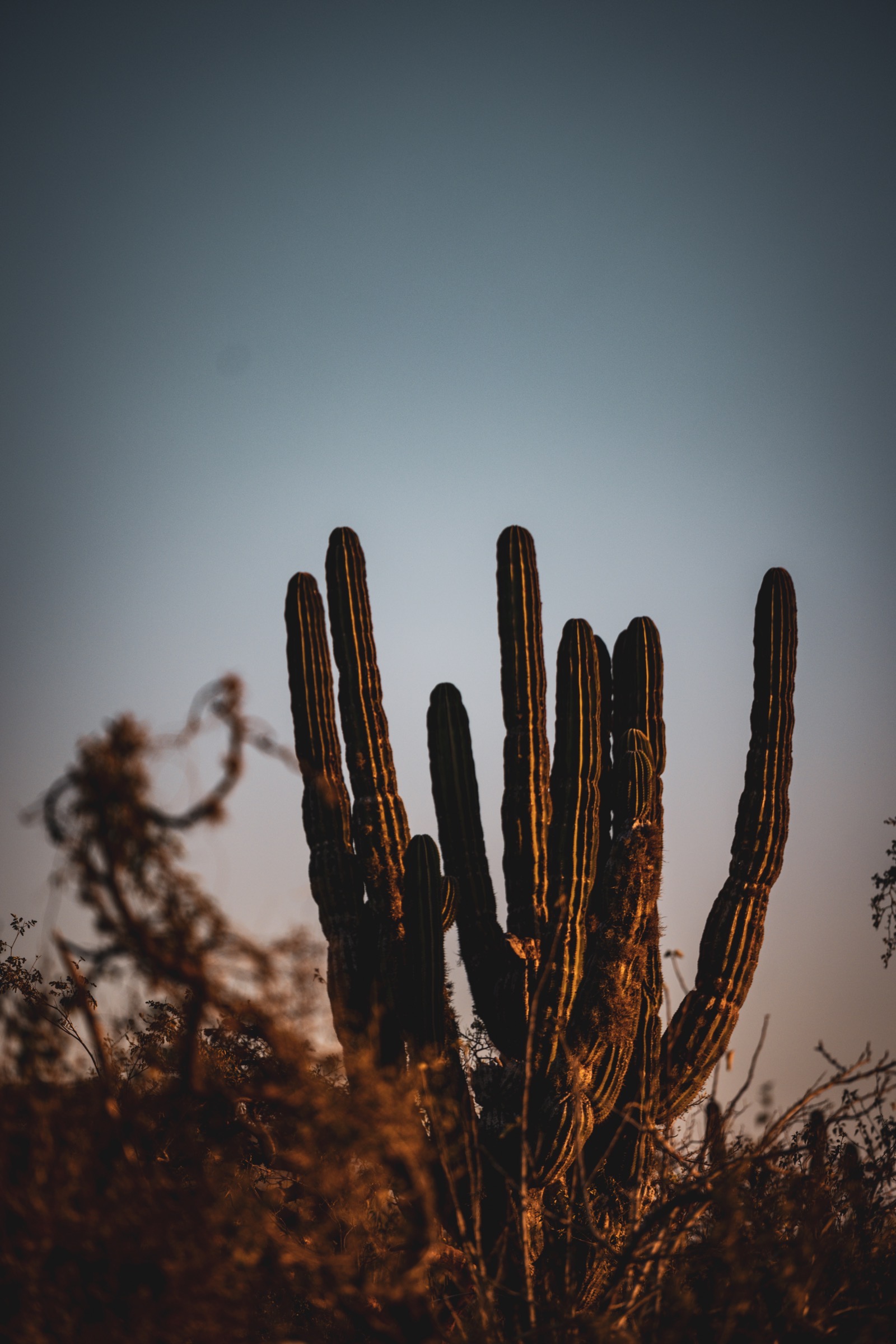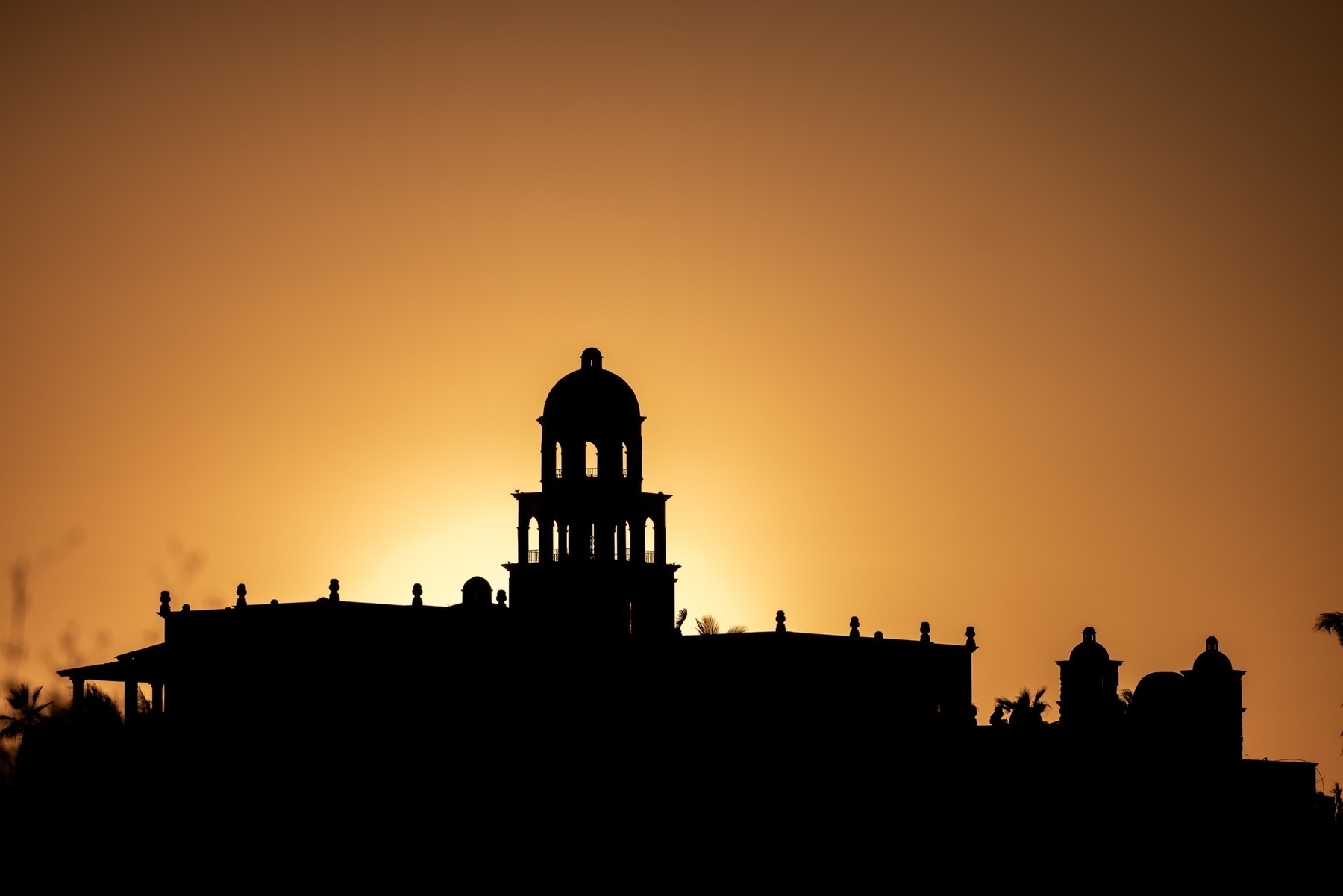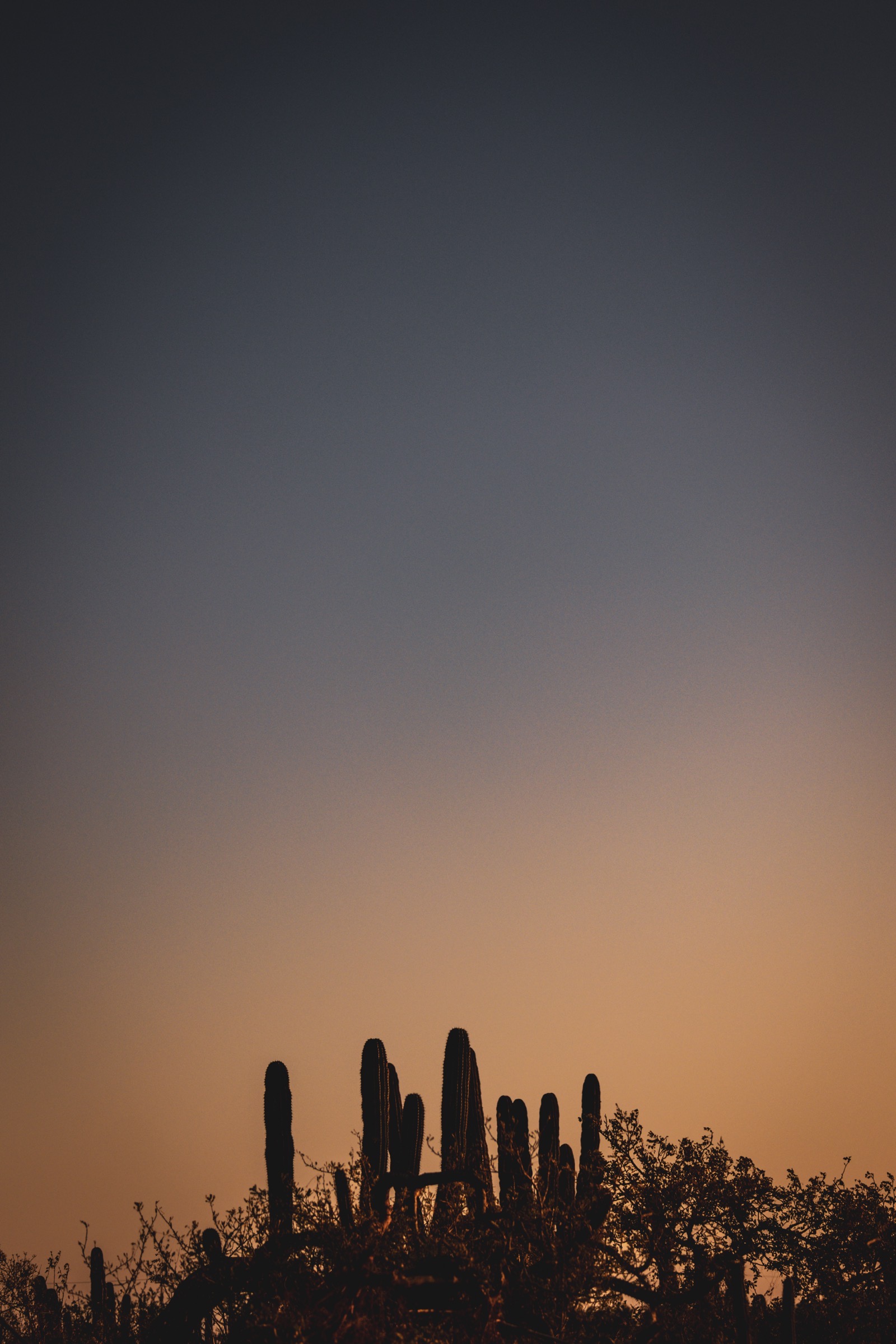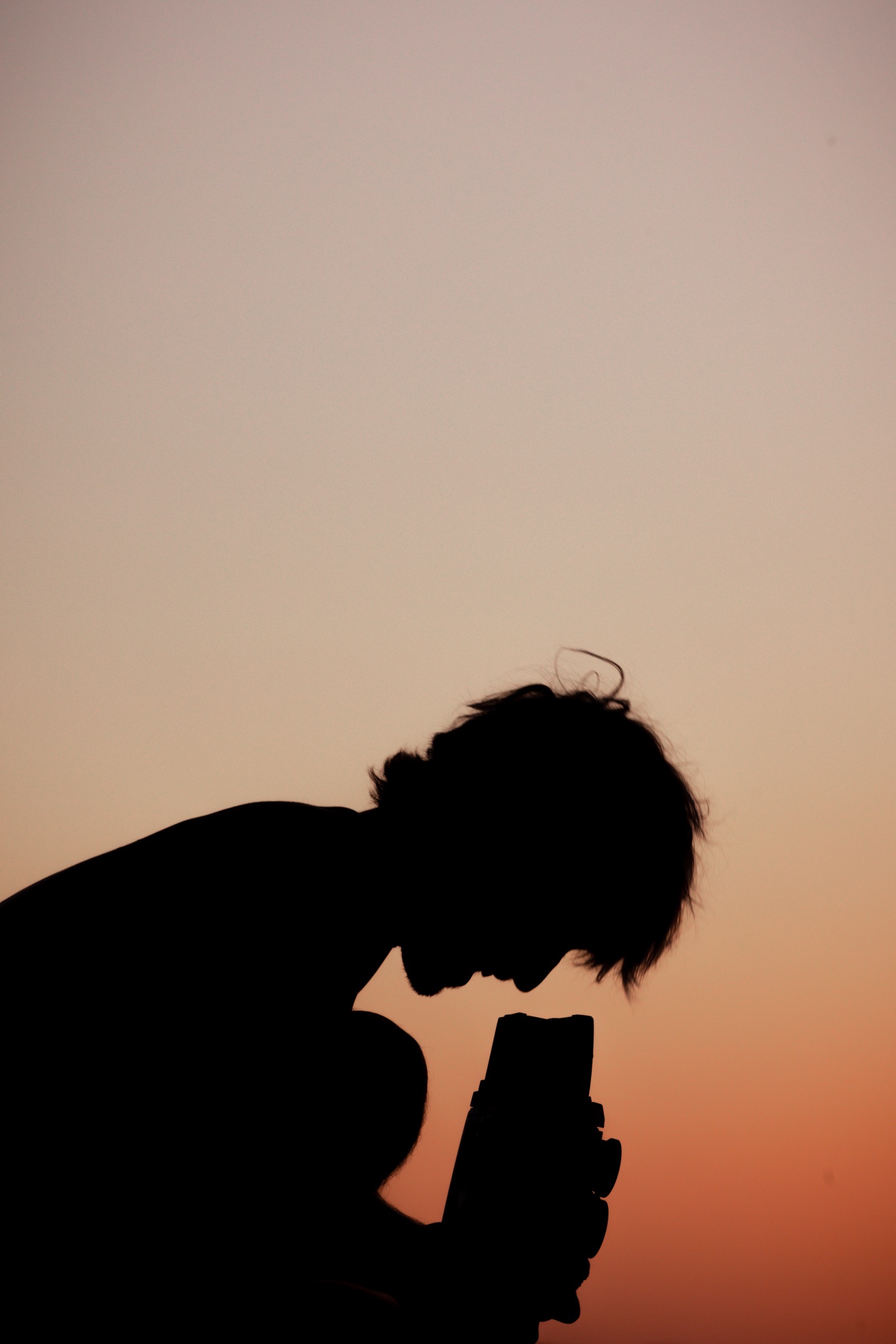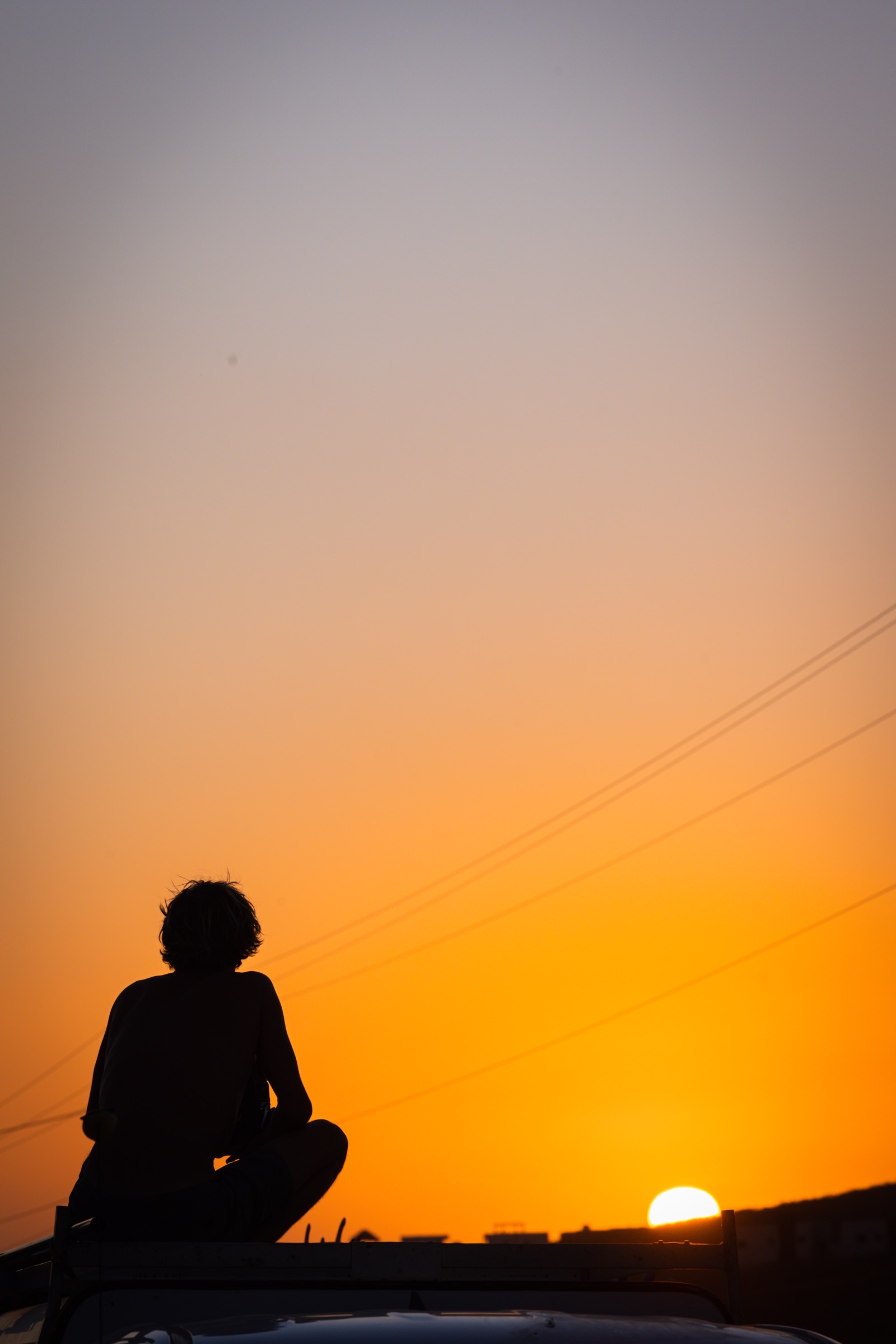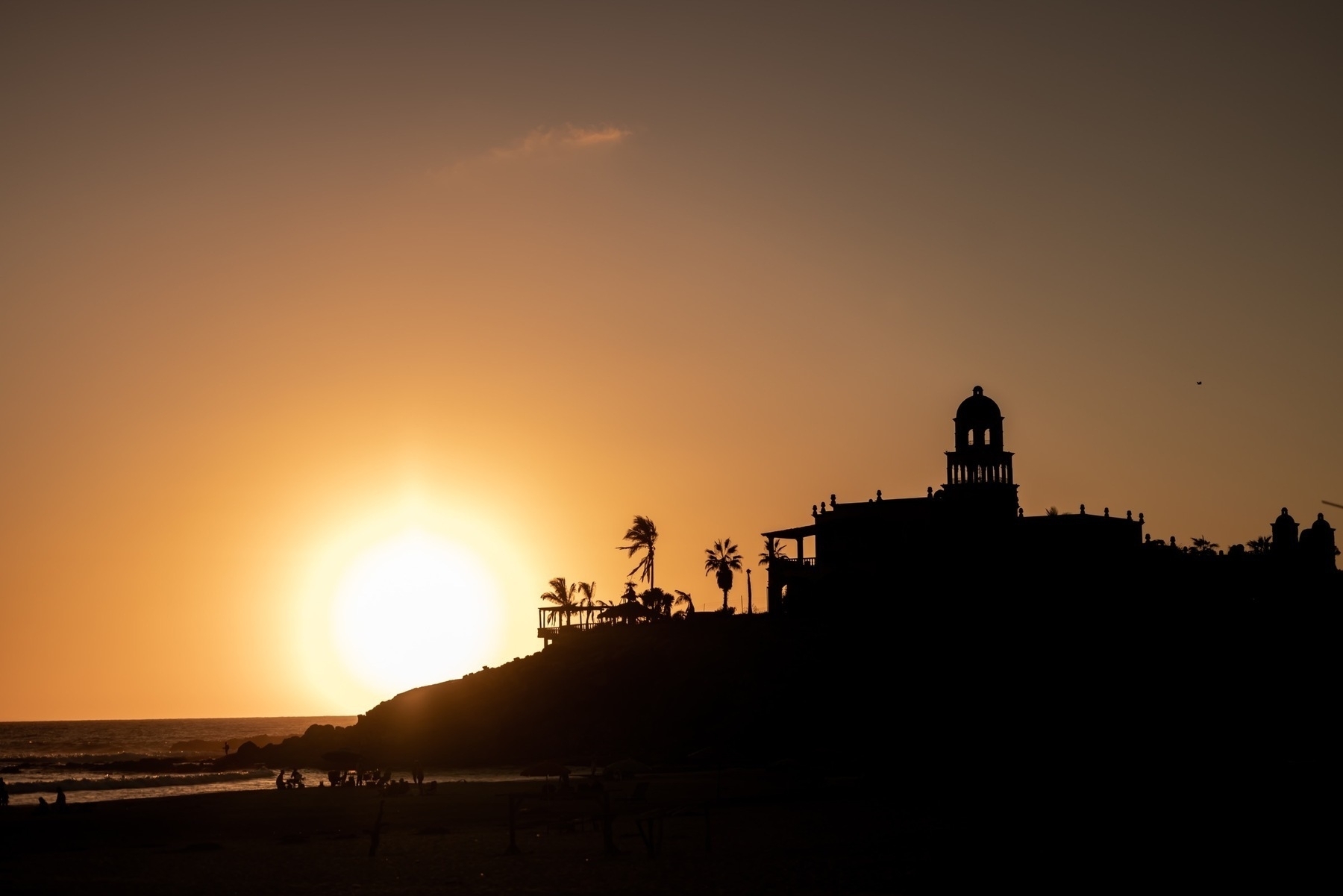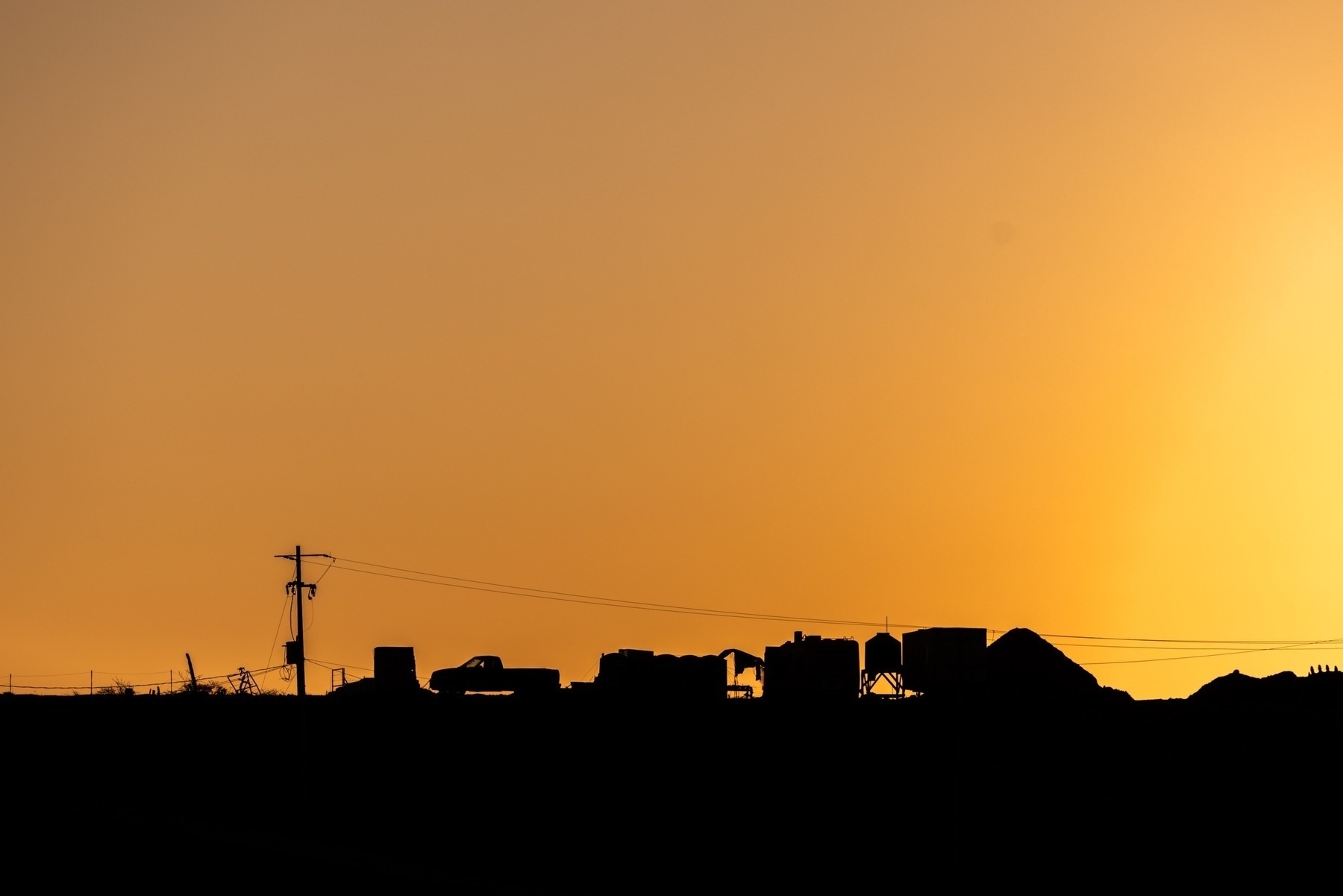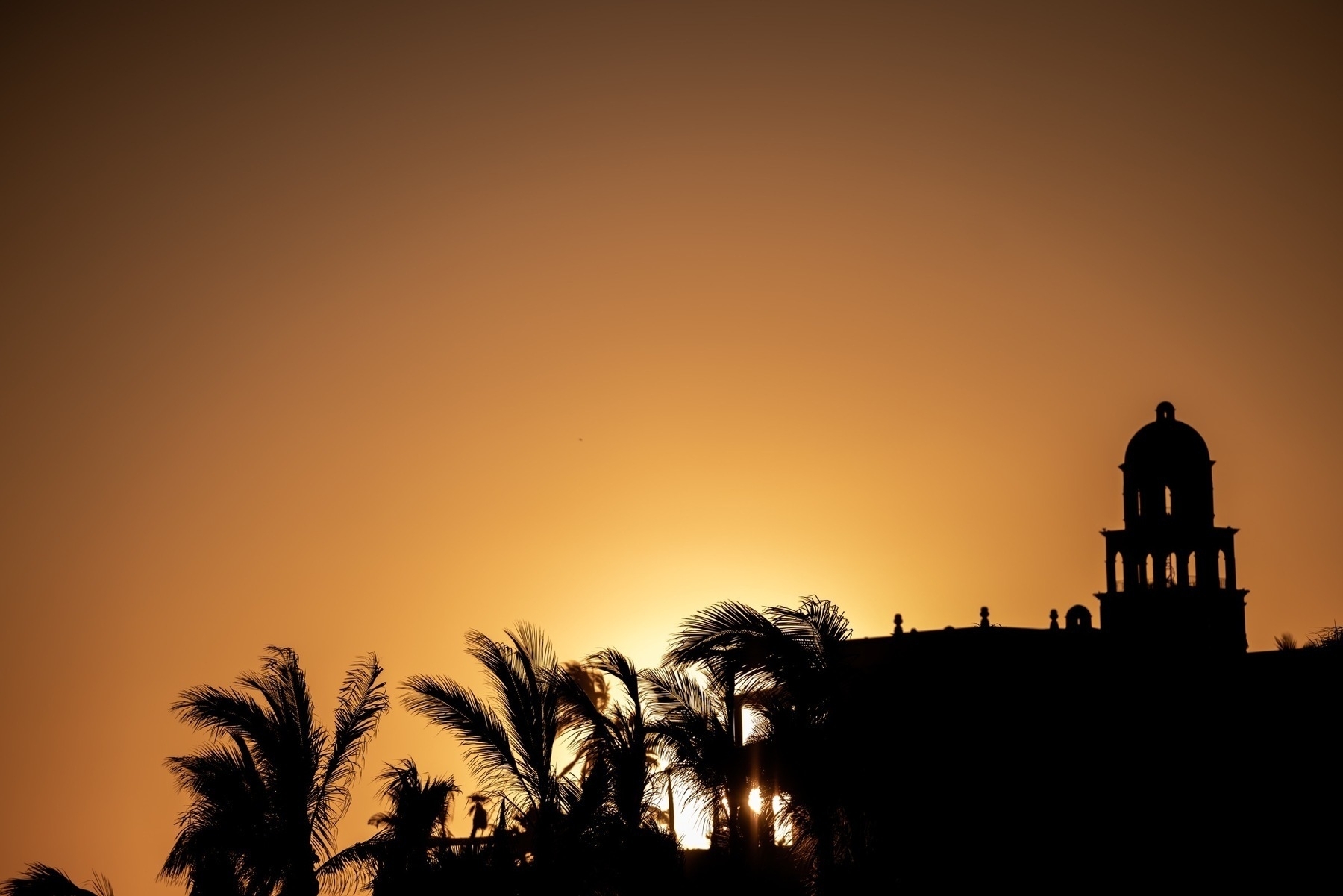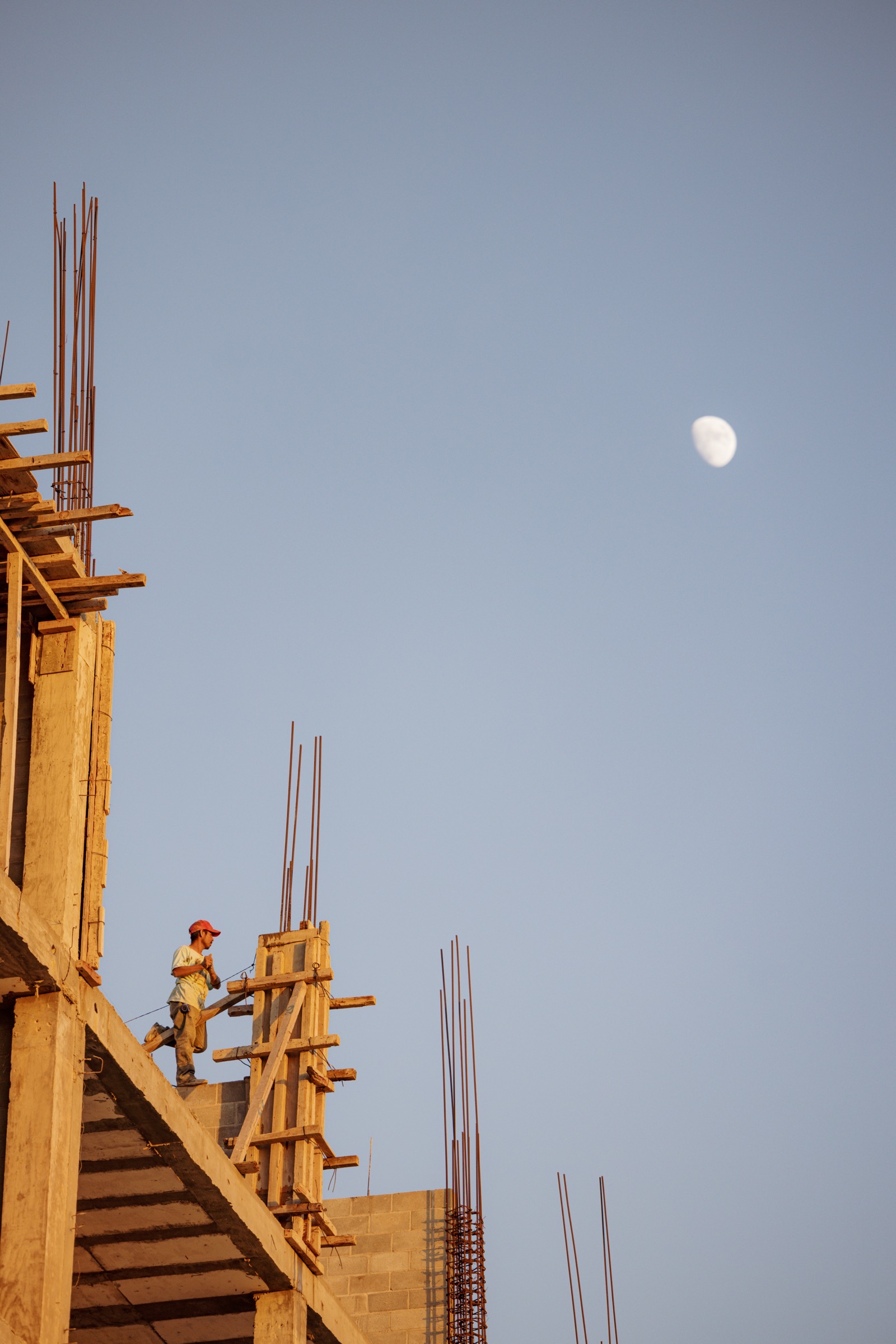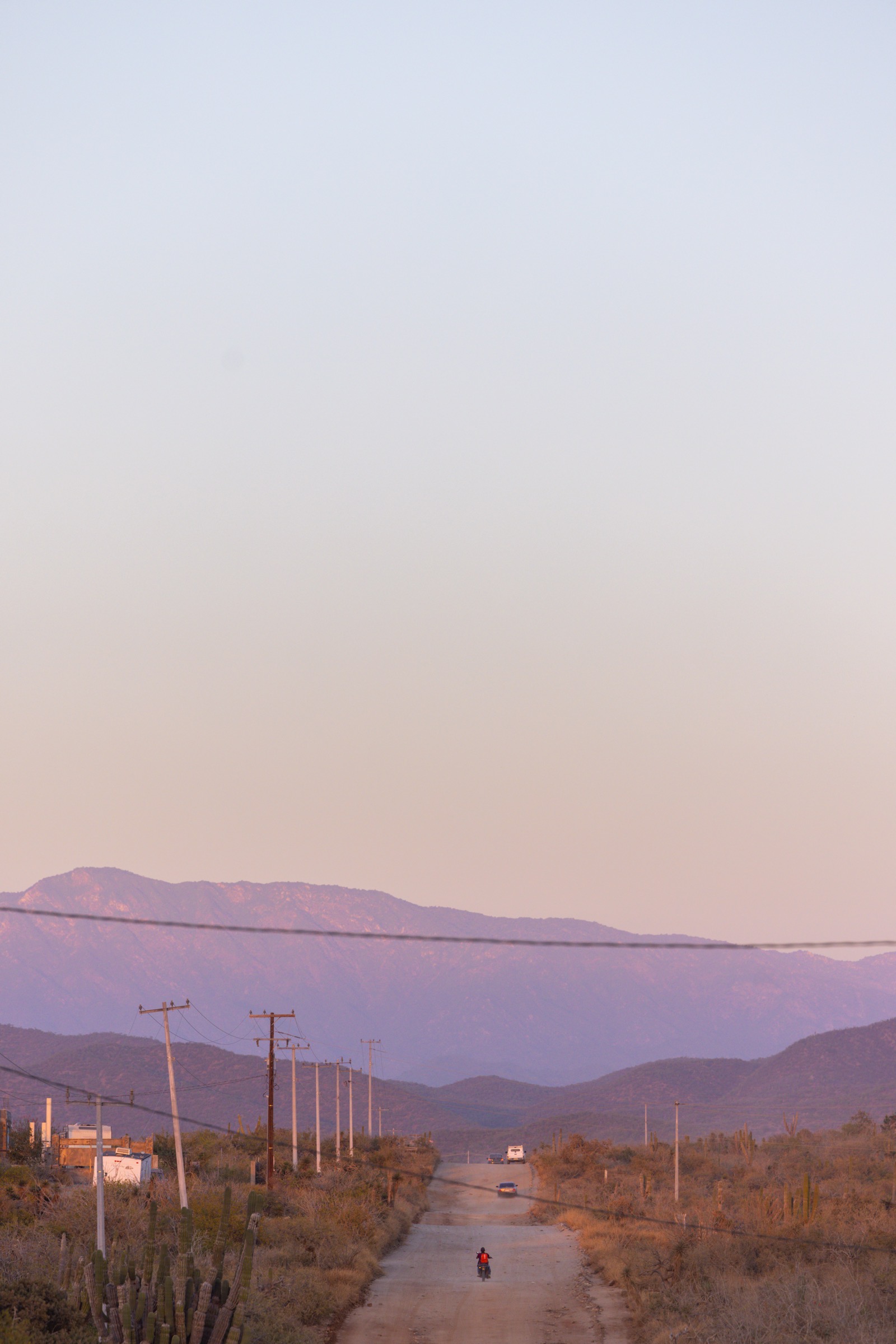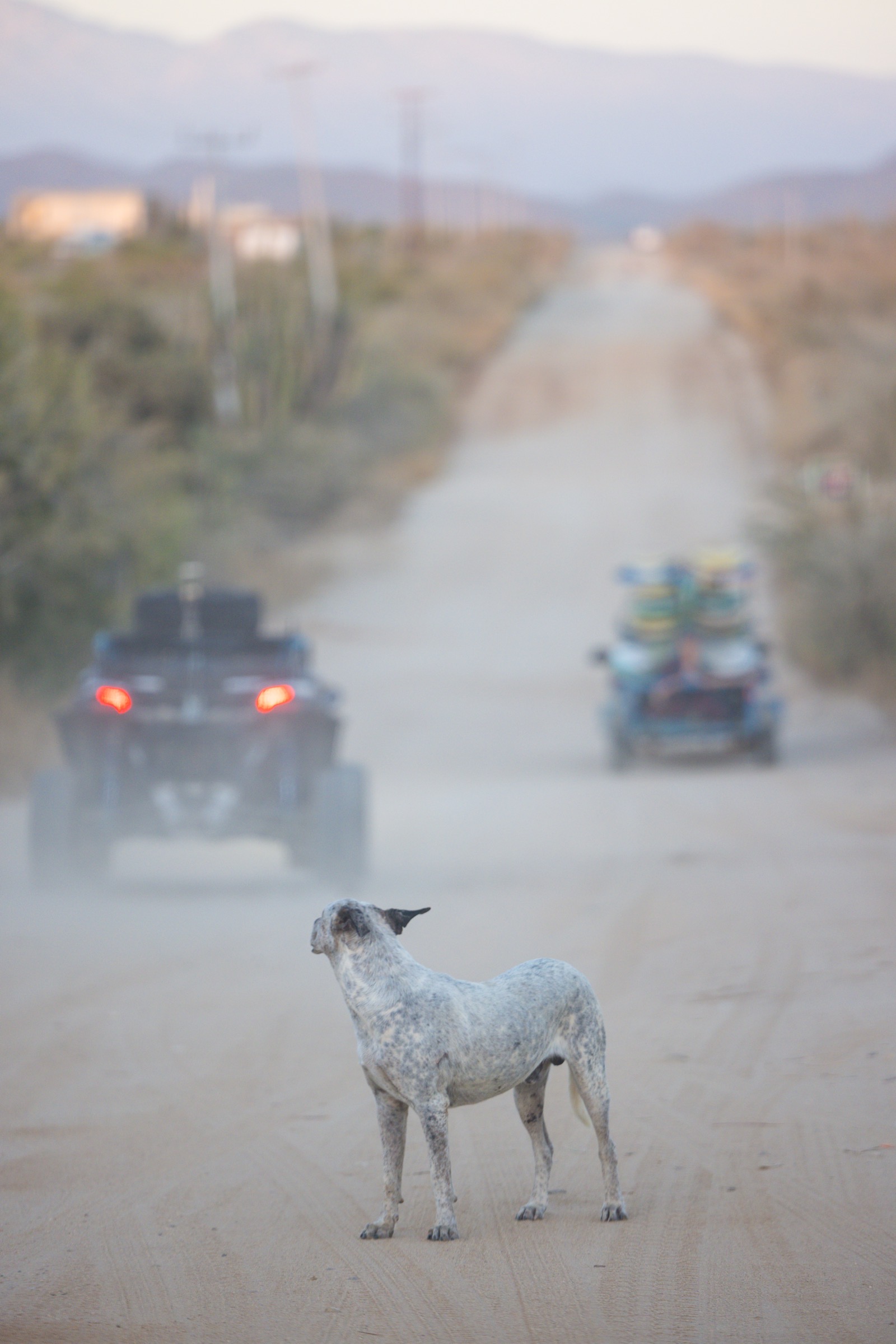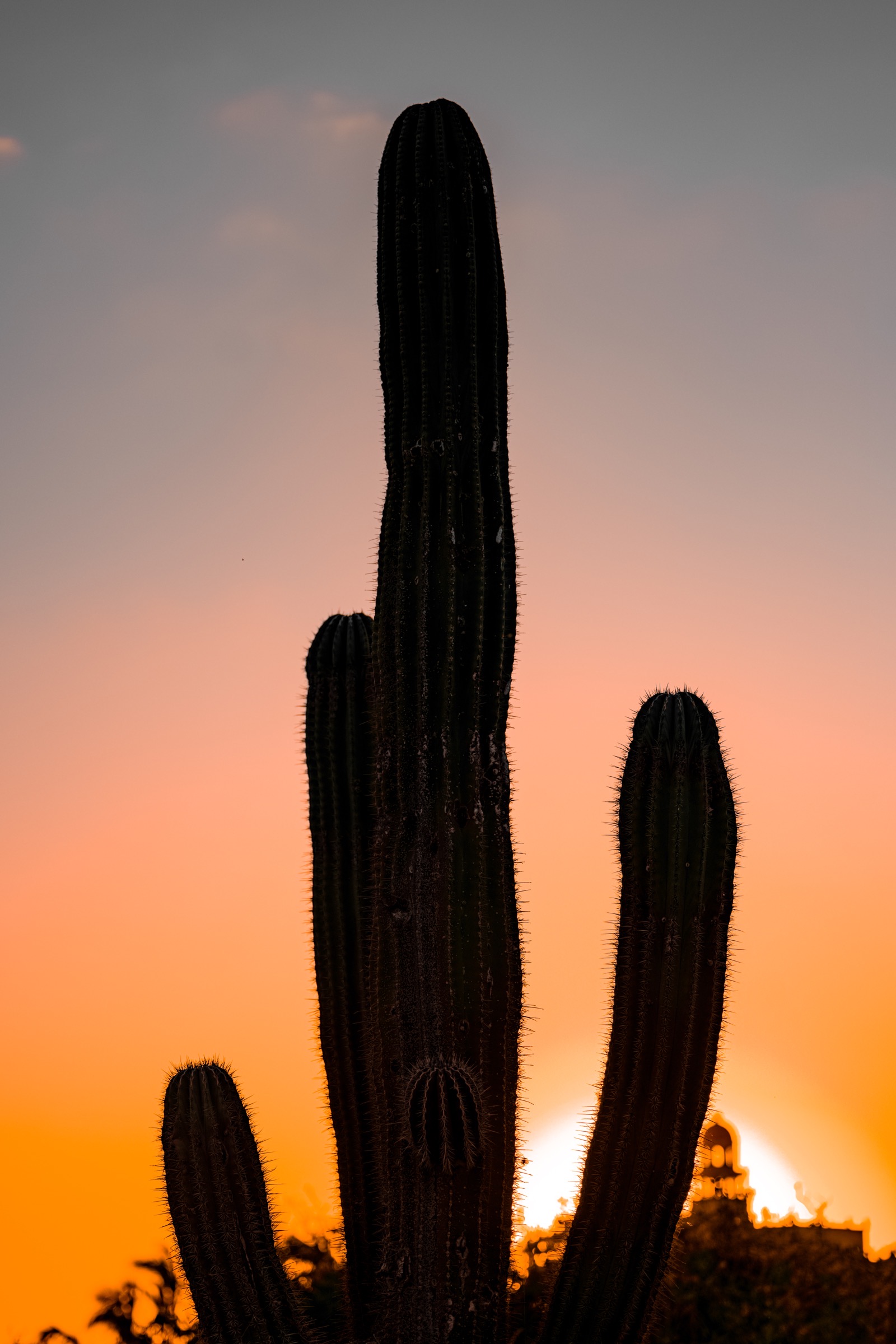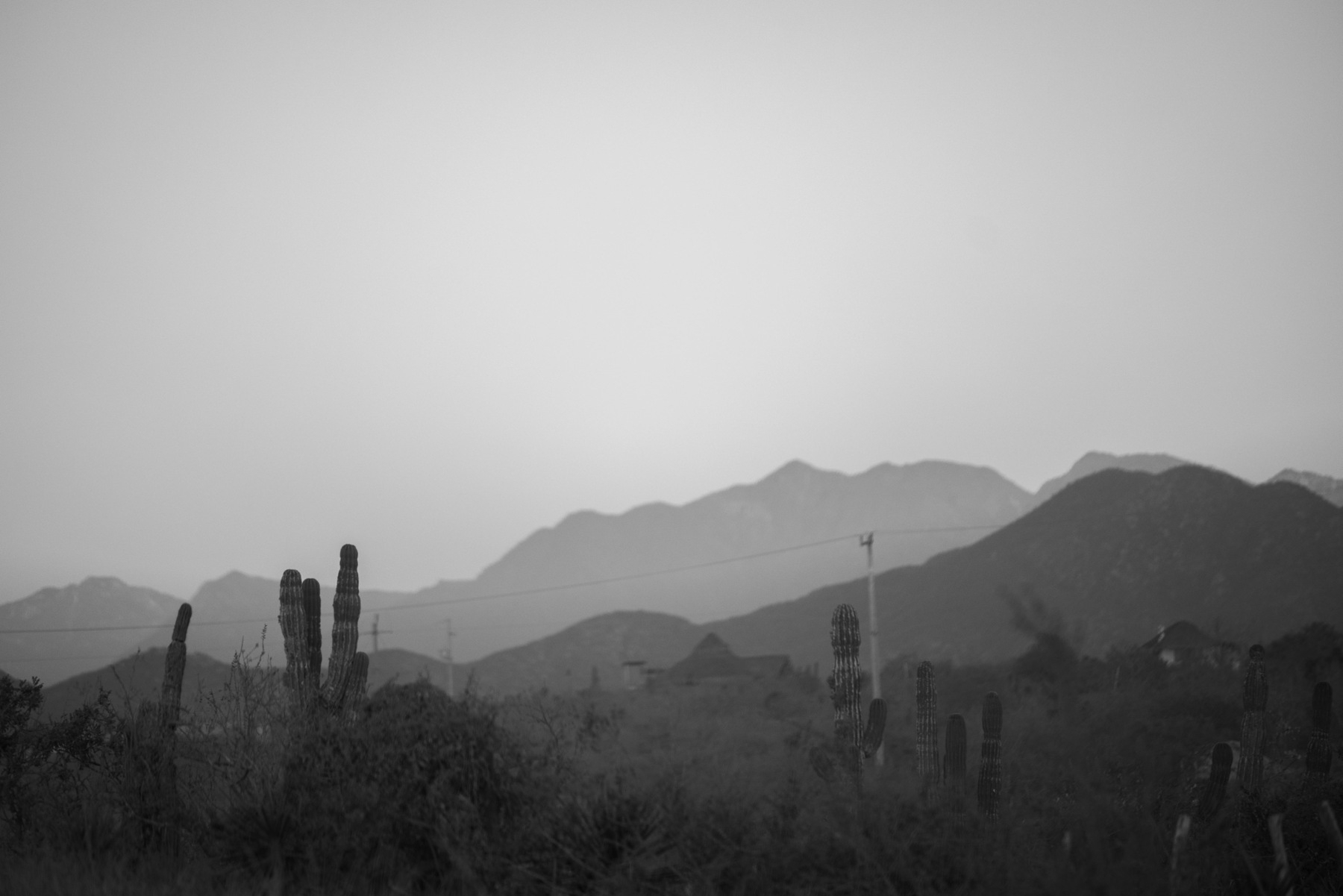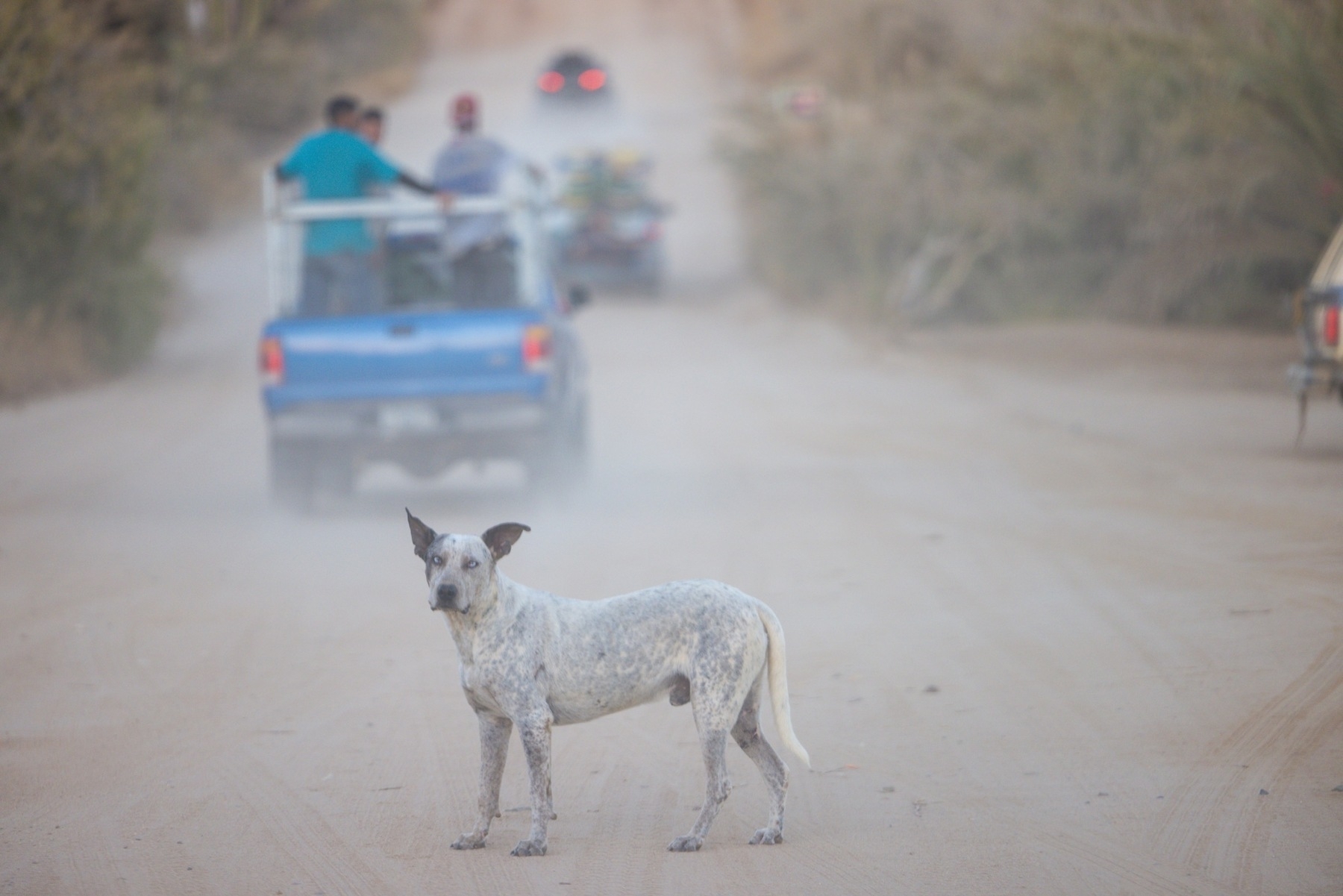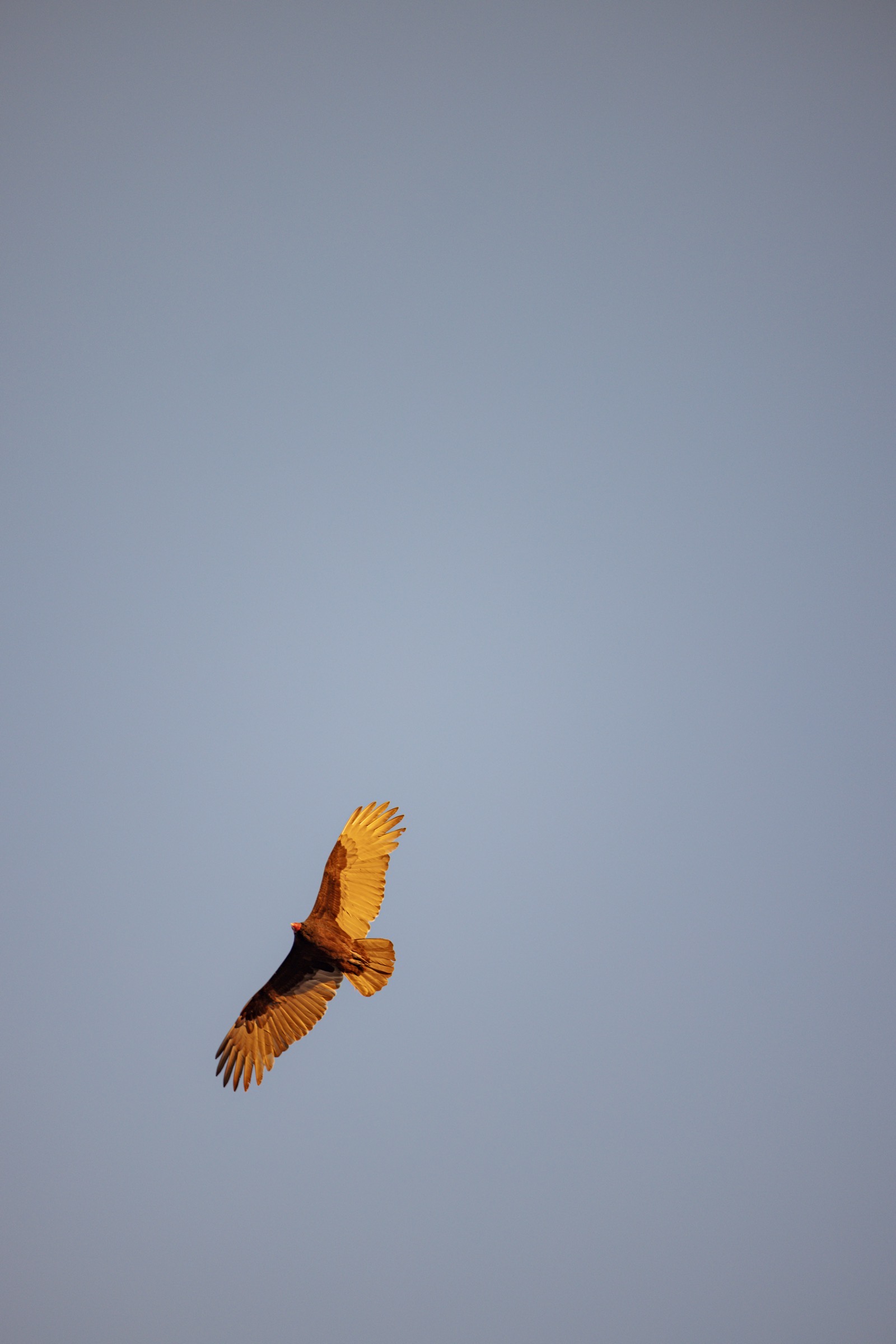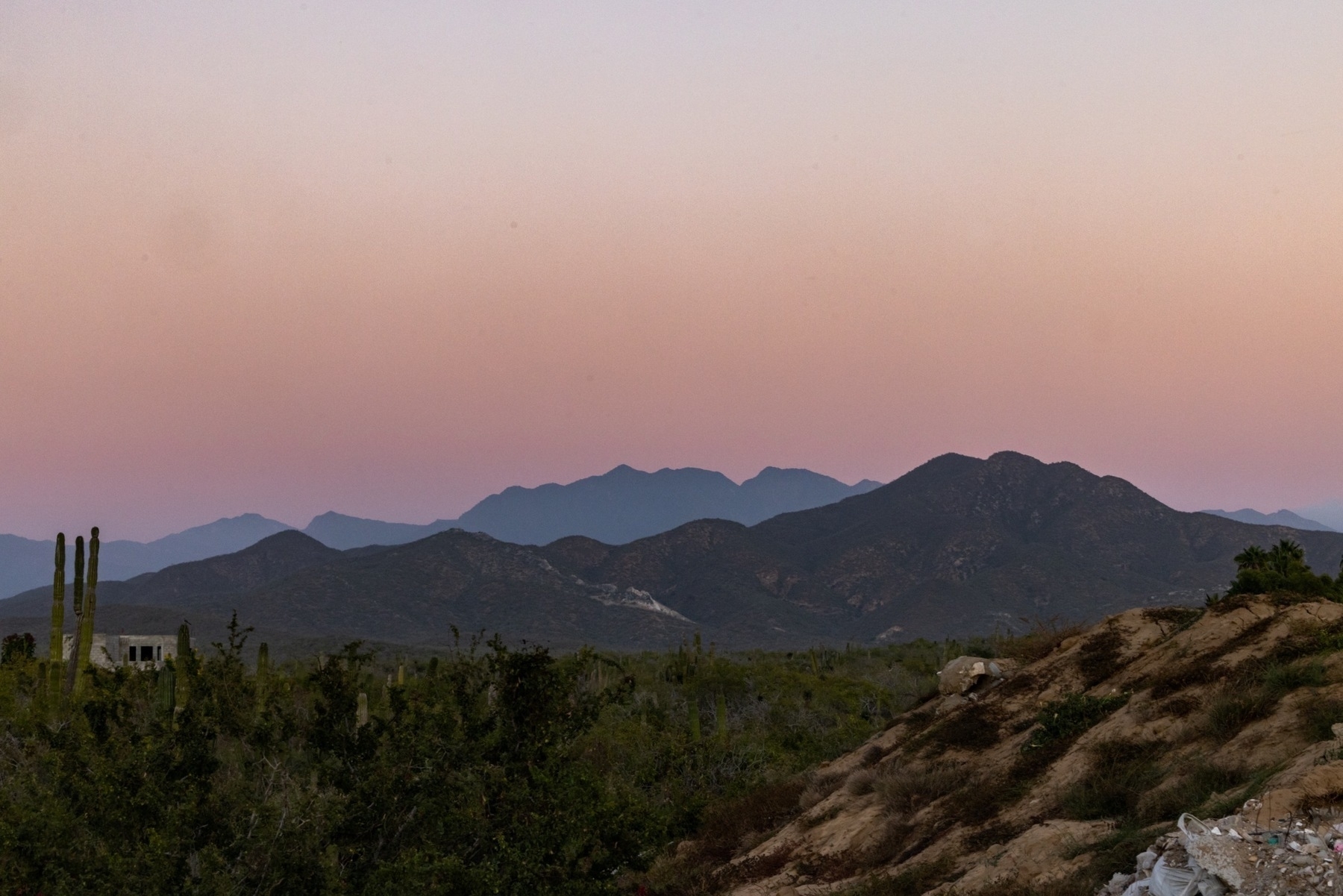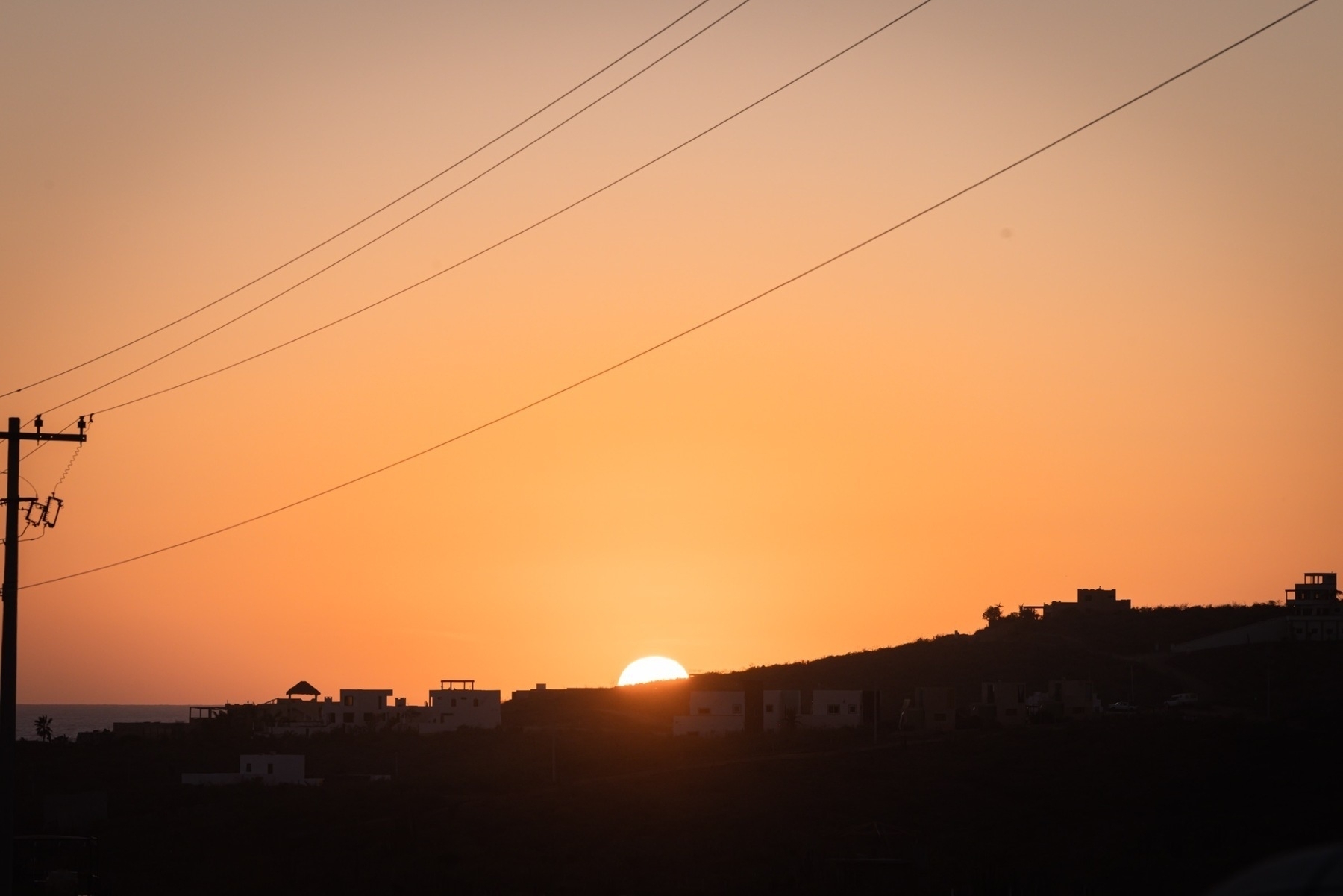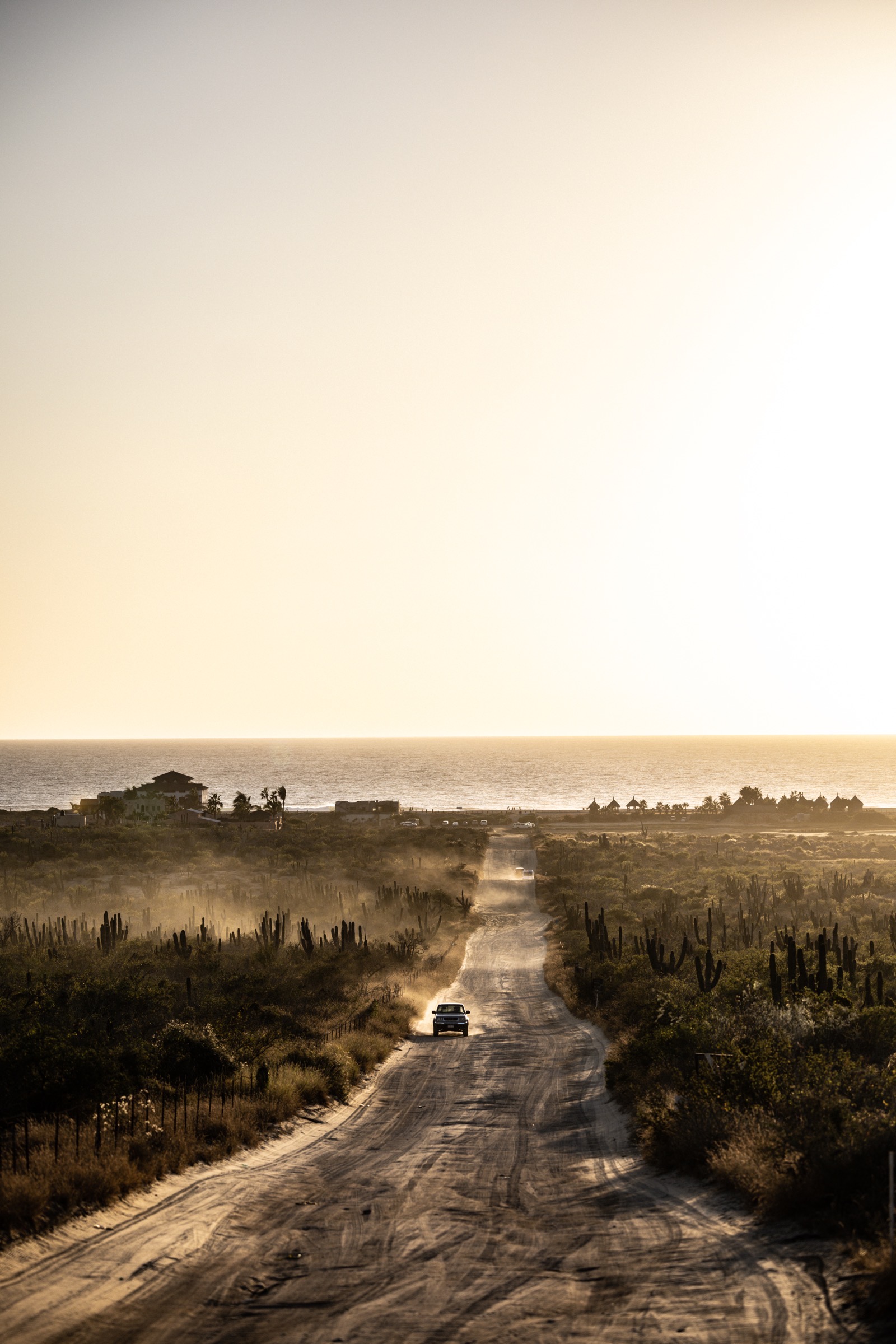Evan Amrmstrong at Every on How Elon Wins:
“Twitter is a perfect case study of the shifting power dynamics of the ad market and how to make money in this era of the internet.”
Drove my Chevy to the levee but the levee was dry. Them good old boys were drinking whiskey and rye.
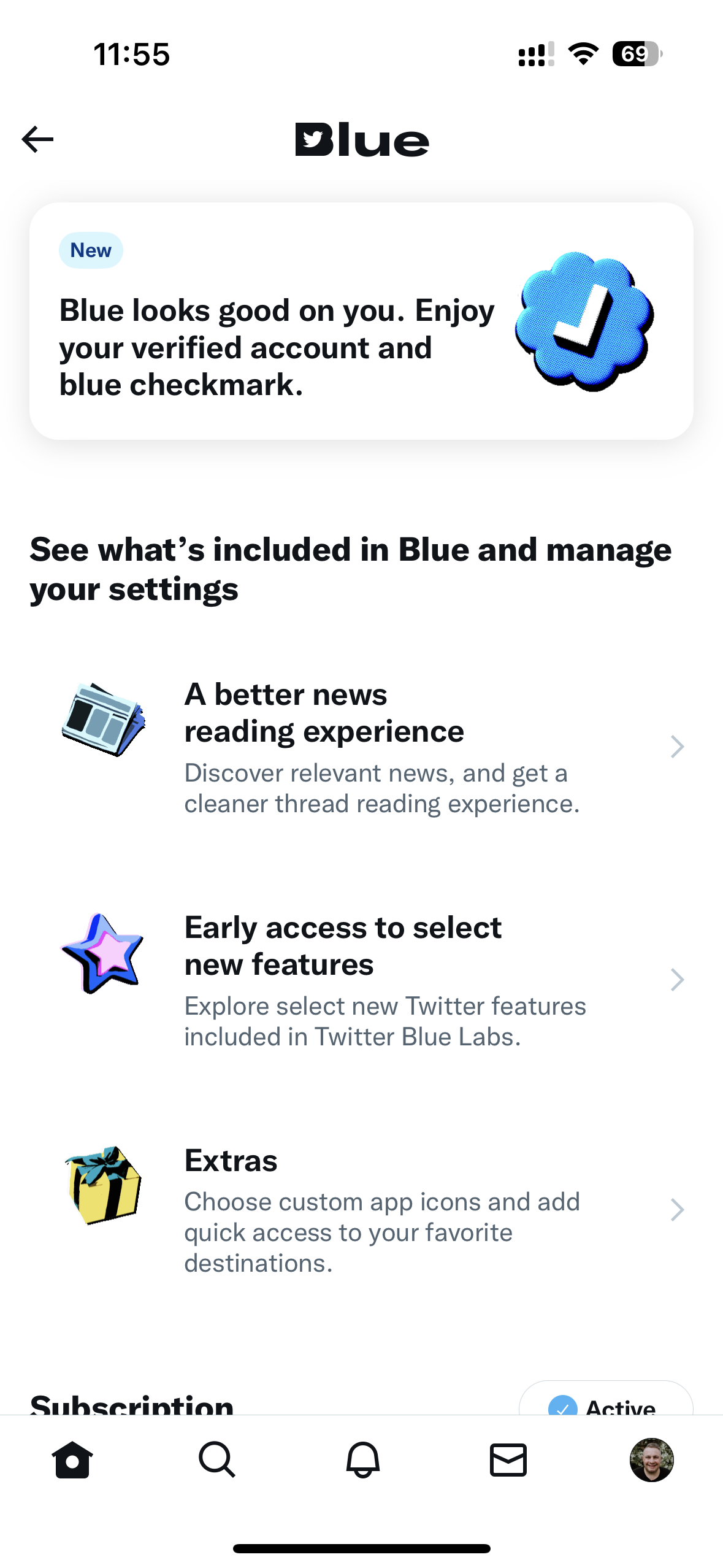
I met Charles Wooley when I was in line to be his producer on what’s now called the Triple M regional radio network.
Smart guy, good interviewer, wasn’t going to leave Tasmania for a big radio job, so they built out the Hobart studios to accomodate him.
I never took the gig, but I was impressed that someone could love where they live so much to the chagrin of a radio job.
In the Sunday Tasmanian today:
“But here I am, after a lifetime travelling the world and interviewing prime ministers, presidents and dictators, now about to engage as deputy mayor of Sorell in what is so often considered the lowly third tier of Tasmanian government.”
Wondering about Unsplash and why my recent work isn't resonating
I’ve been uploading to Unsplash for almost five years, and people always ask why I would submit my work to a website that gives it away mostly for free?
I consider Unsplash my photography mentor and university. Because ultimately, I believe, that good work resonates with people. Firstly it has to resonate with you, but secondly with someone else. It doesn’t have to be the most popular work in the history of work, but a successful artwork resonates with at least as many people as that created it, in my humble opinion.
I started uploading in early 2018.
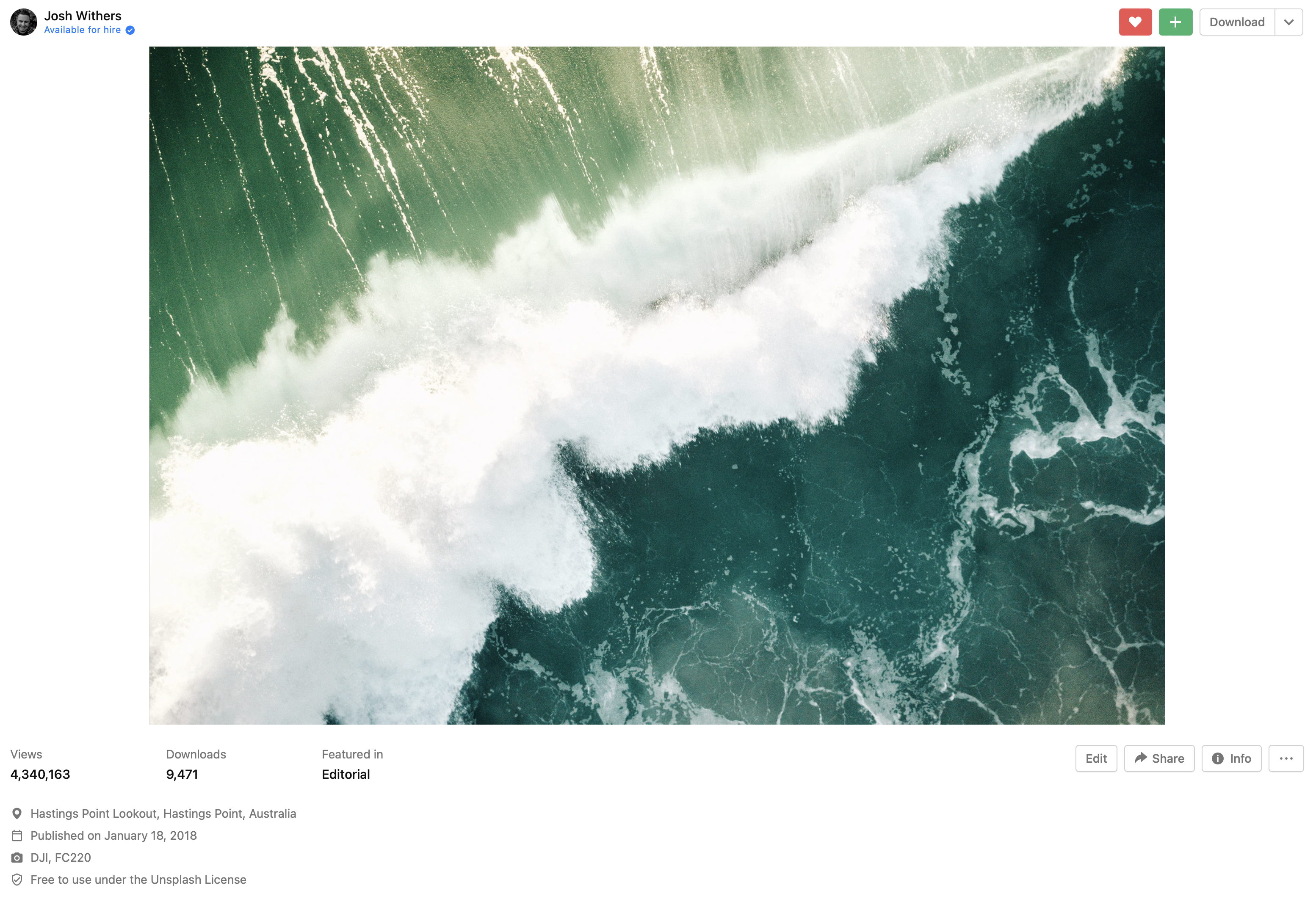
So back to Unsplash, I’ve shared 505 photos that have been viewed over 152 million times, and downloaded and used over 800 thousand times, making me one of the “1000 most seen contributors ever” which is lovely.
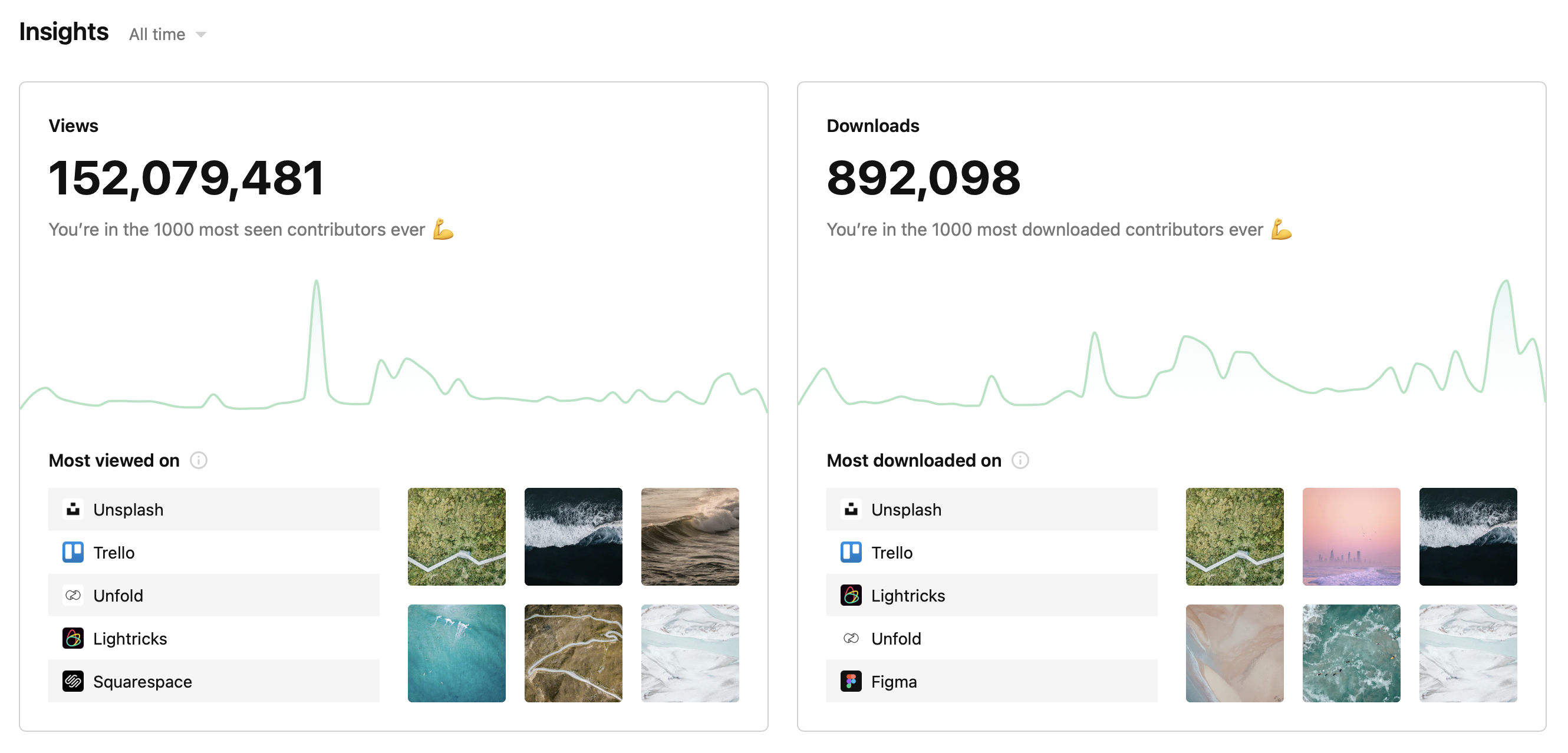
A problem though is my recent work. Work that is arguably better, shot on better cameras, with better lenses, and better colour grading … because I’ve learned and gotten better with better gear.
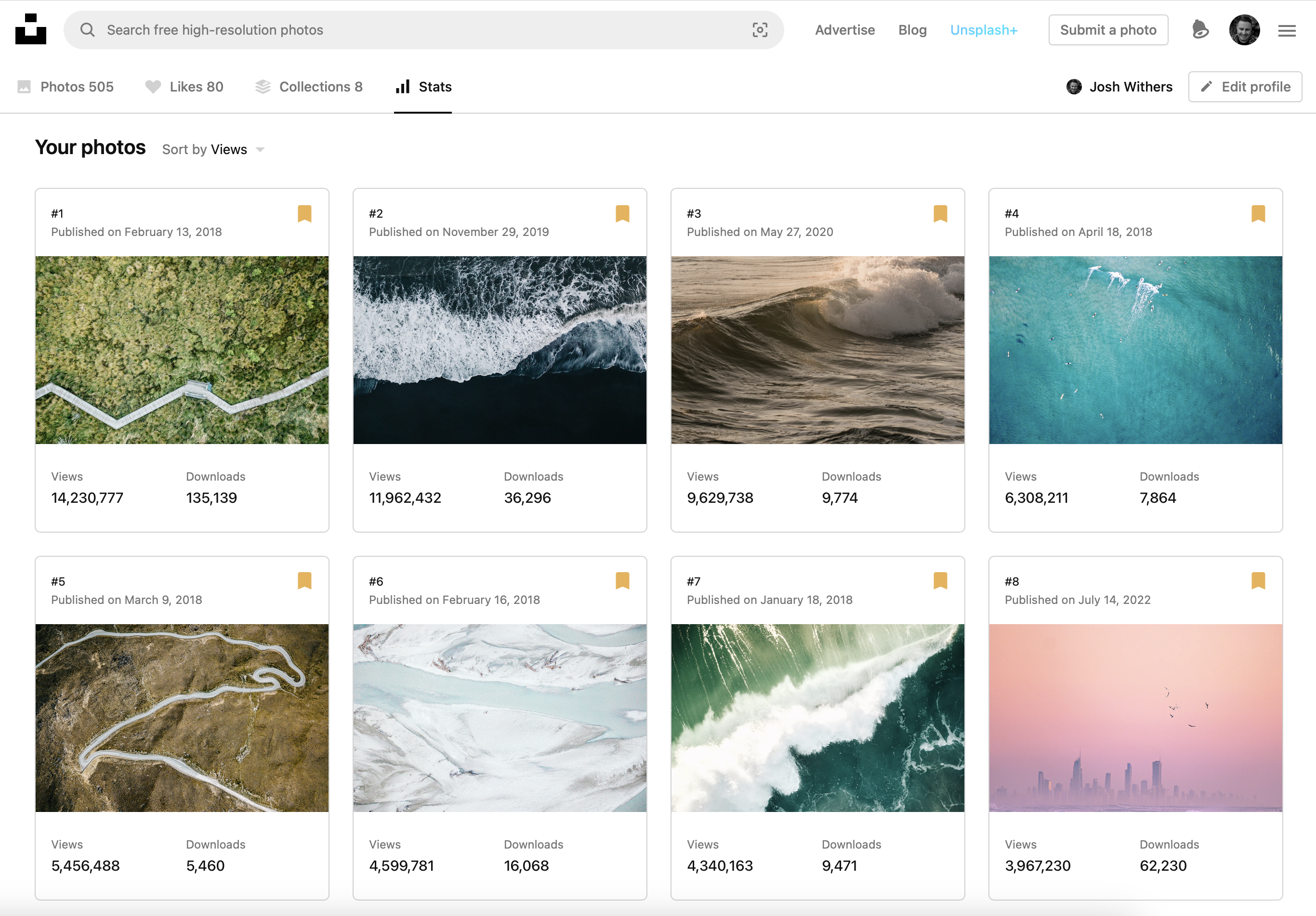
Of my most viewed photos “of all time” only two photos from the last year are in my top 70 images. After 70 they start appearing a little, but inside the top 70, number 69 is a boring drone shot, and number 8 was an outlier. Luna had woken up early so the two of us wanted to go watch the sun rise, and we both took our cameras.
Obviously the longer a work has been available, the more views and downloads it can get. Secondly, as Unsplash is online longer, I’m assuming more photographers are uploading more work, so the pool gets larger, and the available views and downloads may lessen.
When or why would I leave Unsplash?
I used to think I’d leave Unsplash when I reached 1 million downloads. But I think the truer statement is that I’d stop giving my work away for free, when it resonated with enough people who wanted to pay for it.
How do I reach that number? How do I find those people? I have no idea. The only thing I know to do today is step one, to create, step two and three and four can’t even happen without step one.
Money is nice, but making work that resonates with people, work that makes you and I feel something. That’s like a little bit nicer.
I’ll leave you with my most popular piece, a photo from a backroad before sunrise in Queenstown, New Zealand, shot on my old original DJI Mavic Pro, with just enough light for it to be a sharp and in focus image.
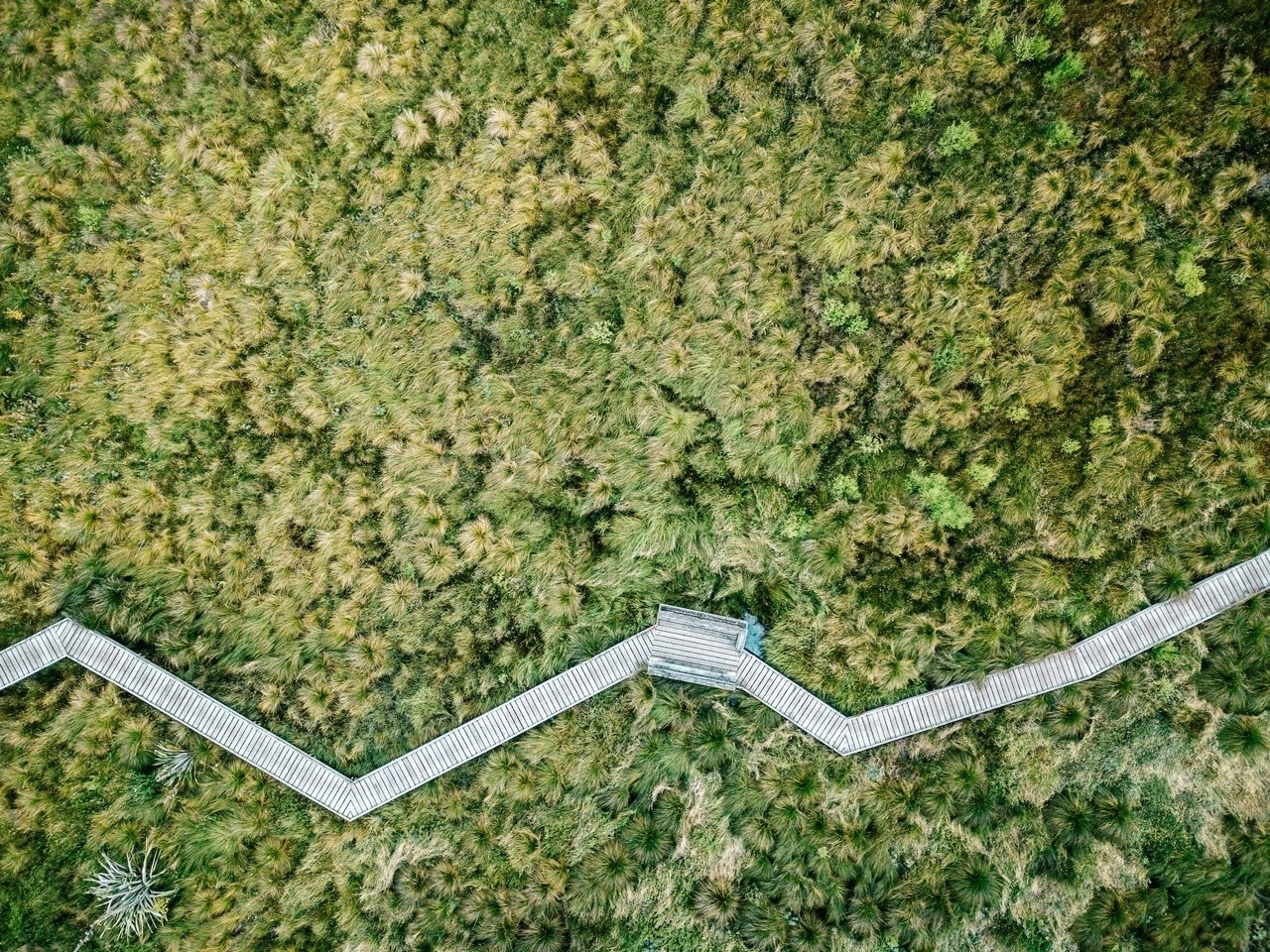
In the Gold Coast Bulletin today @AnnWasonMoore nails it making the biggest losses/mistakes the Gold Coast has experienced. But I’ll add one more: the Indy 300. It was so much more interesting than Supercars, and Aussie driver Will Powers still dominates!
Put a bag of cookies in the break room and it might sit for days.
Open the bag and leave it out, and within an hour, all the cookies will be gone.
We are happy to take a tiny slice off the thing that’s being shared, but we hesitate to open the bag.
The same is true with all of the initiatives in our culture. Design, movements and ideas are all trapped, waiting to be opened, and then the rest of us will happily pile on.
Open the bag.
By an unknown author, from the Startupy newsletter
I think a lot about the guy whose car I ran into on the first day of owning a car in Mexico. I didnt put the car in park or put the handbrake on, classic idiotic move on the first day of driving on the wrong side of the road in a new car.
Scratched his back bumper, lots of talking, making phone calls to family, googling costs to fix, he comes back ready to finish me financially, and asks for $500 pesos. $39.60 AUD.
“Good day” in Spanish is “Buenos días”, phonetically (in Josh Spanish) “beh-wan-ass dee-ass” and I now understand how Australian English must be hard for people learning English because Baja Mexicans basically say an abbreviated “bun dee”, which I guess is “G’Day”.
Just a boy and his favourite seventy to two-hundred millimetres of glass photographed by another boy and his medium format film camera, Jack Fitz at Playa Los Cerritos at sunset.
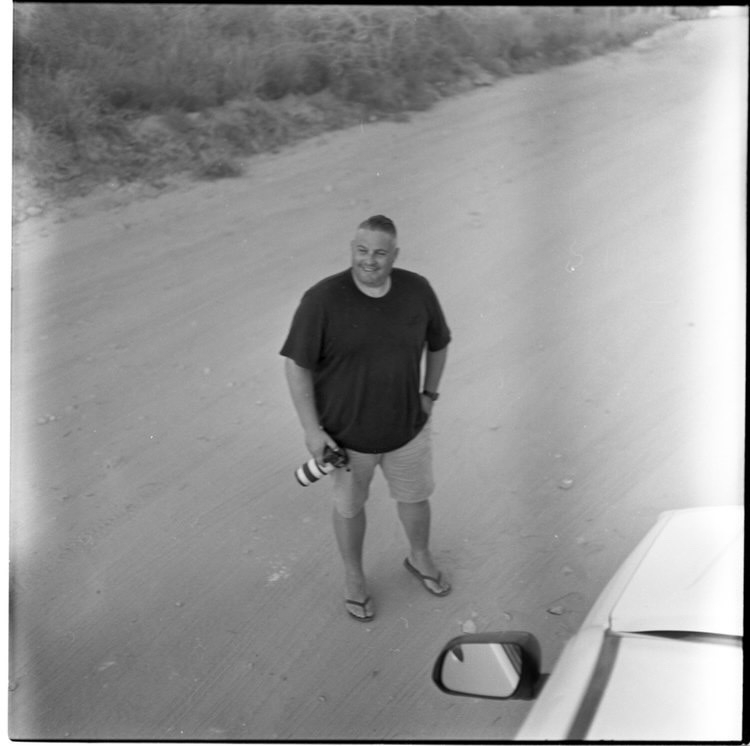
John Ruskin in a letter to C. E. Norton, 4th Nov 1860:
“I find Penguins at present the only comfort in life. One feels everything in the world so sympathetically ridiculous, one can’t be angry when one looks at a Penguin.”
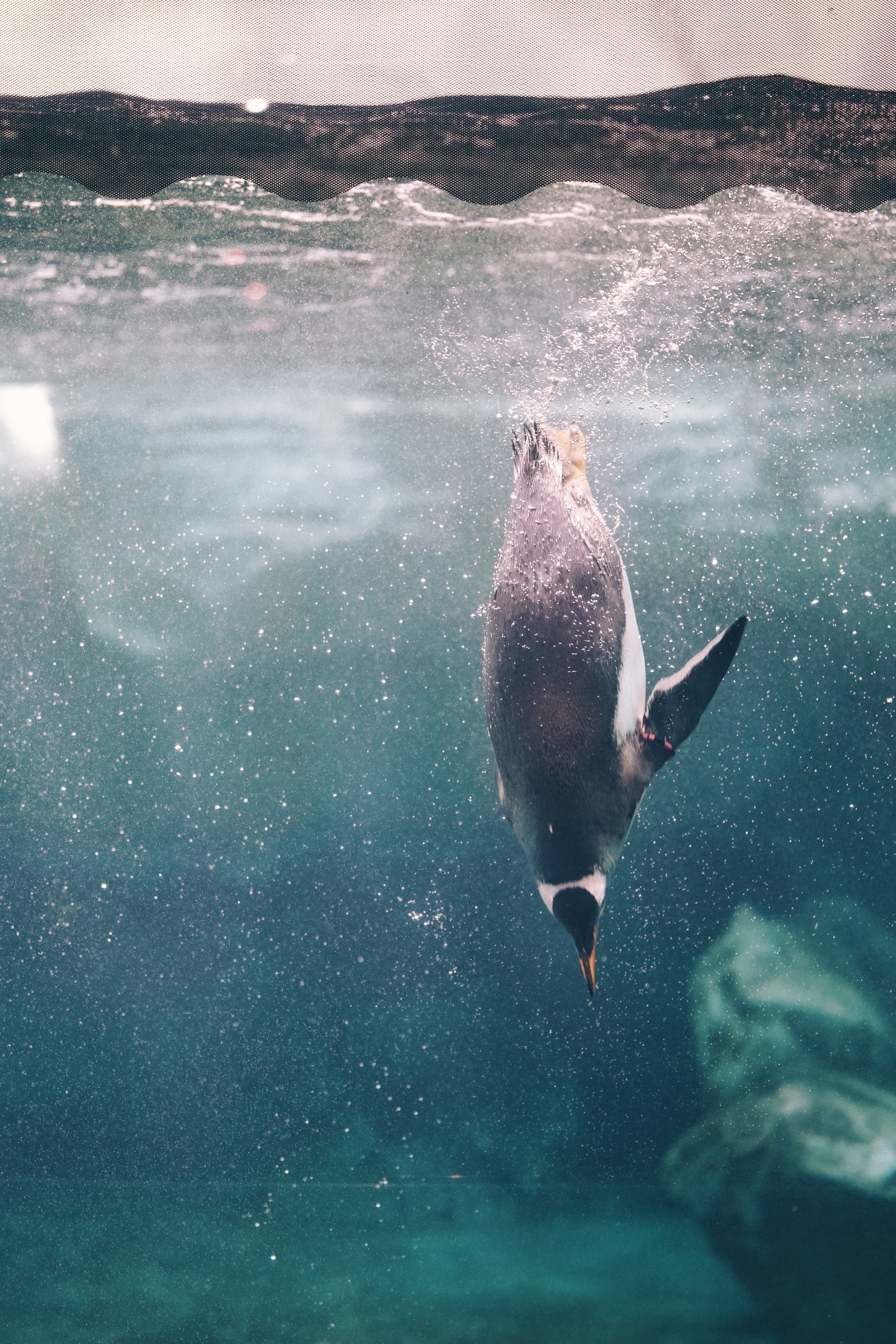
Computerspielemuseum
Thinking about Berlin’s computer Game Museum, the Computerspielemuseum, today.
It’s the only building in Berlin I can walk into and feel nostalgic and childlike.
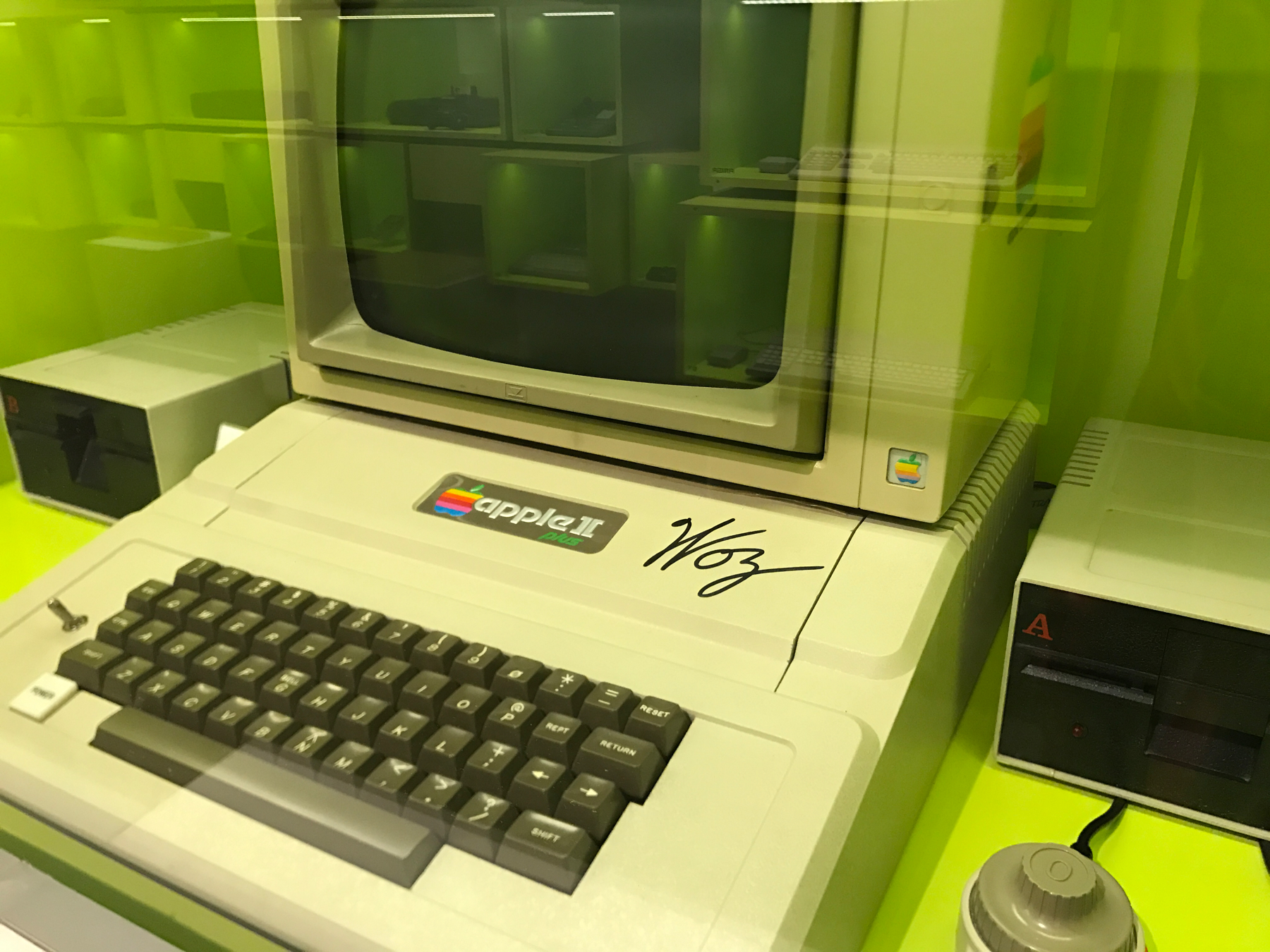
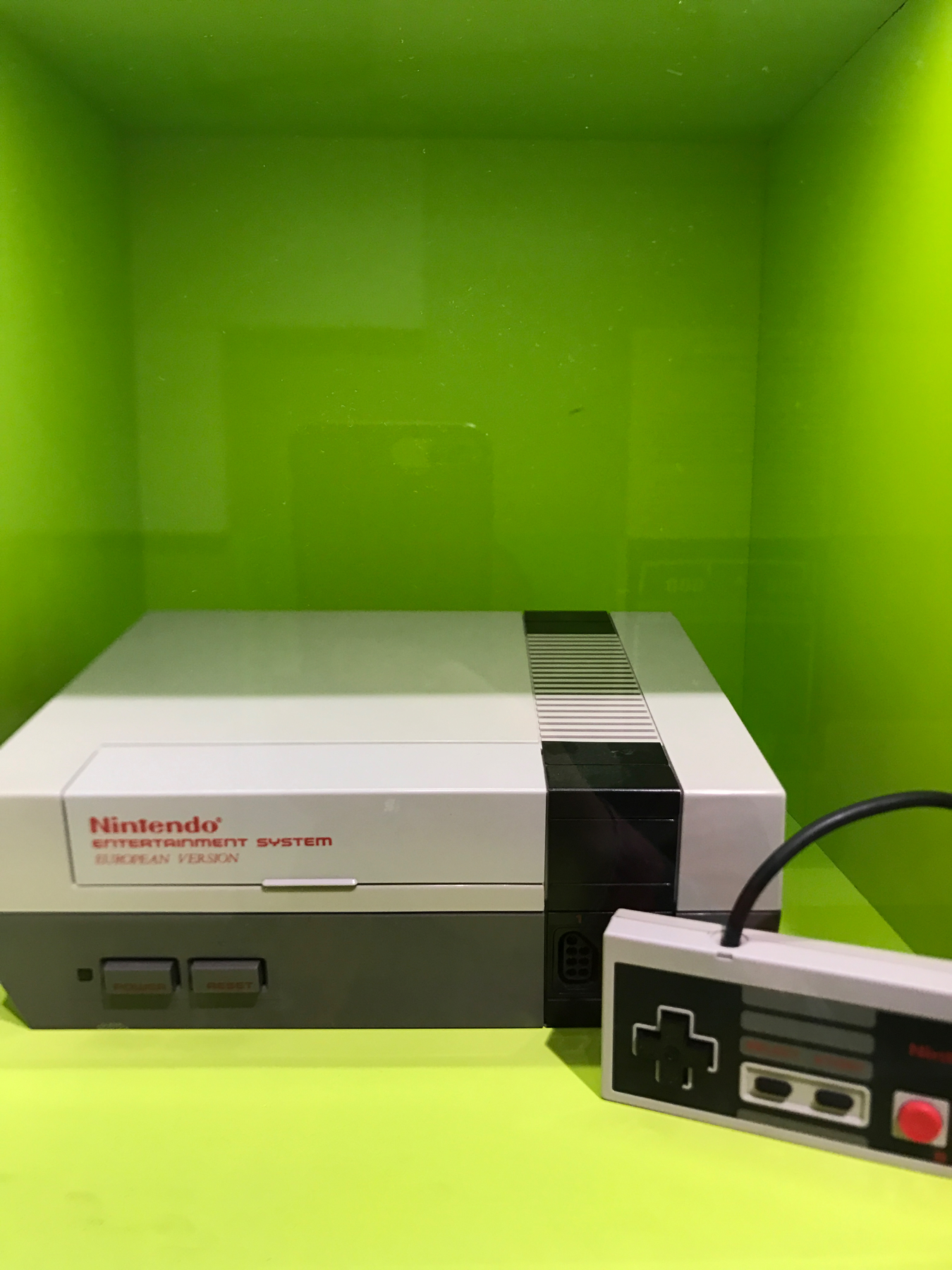
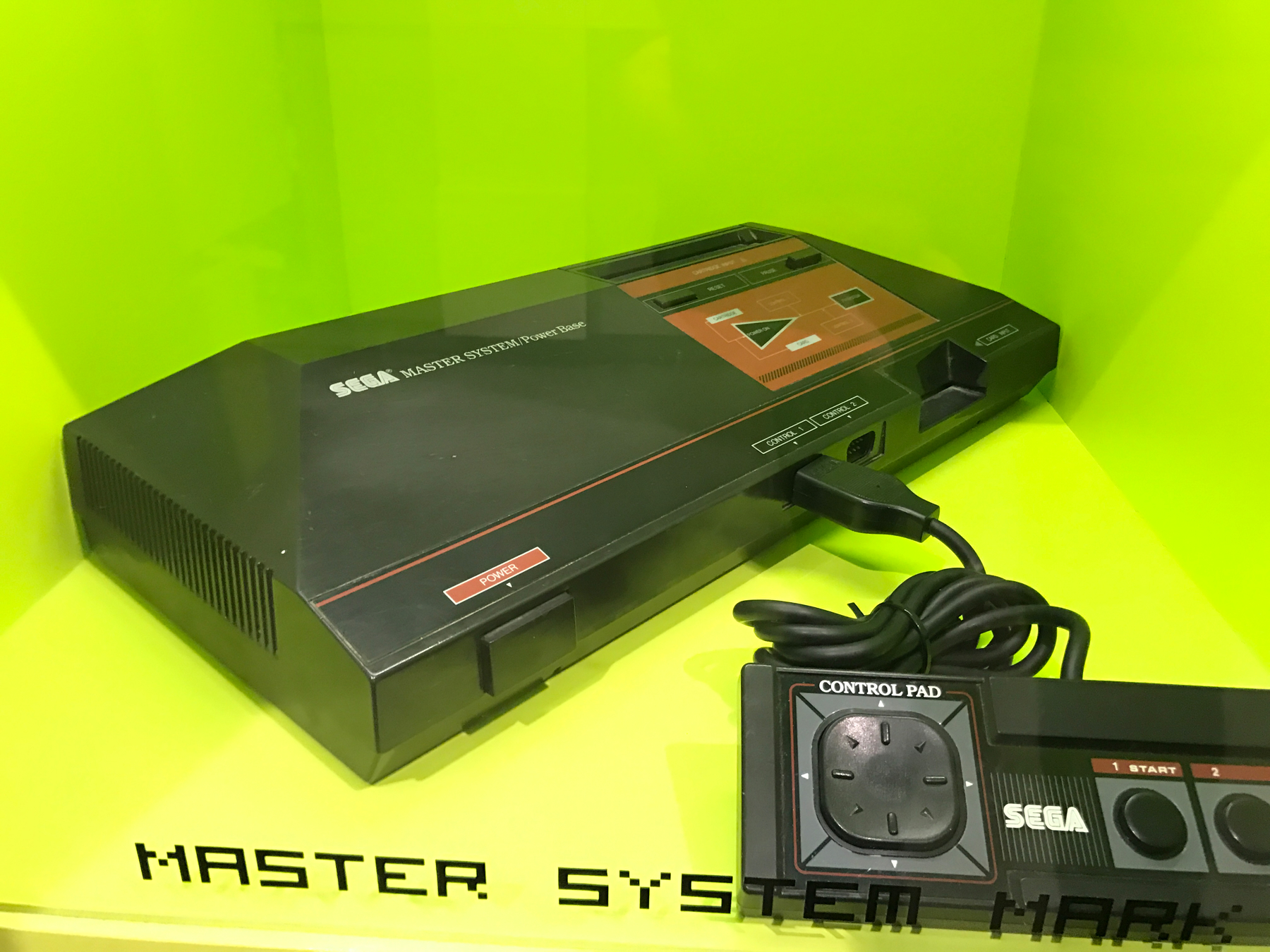
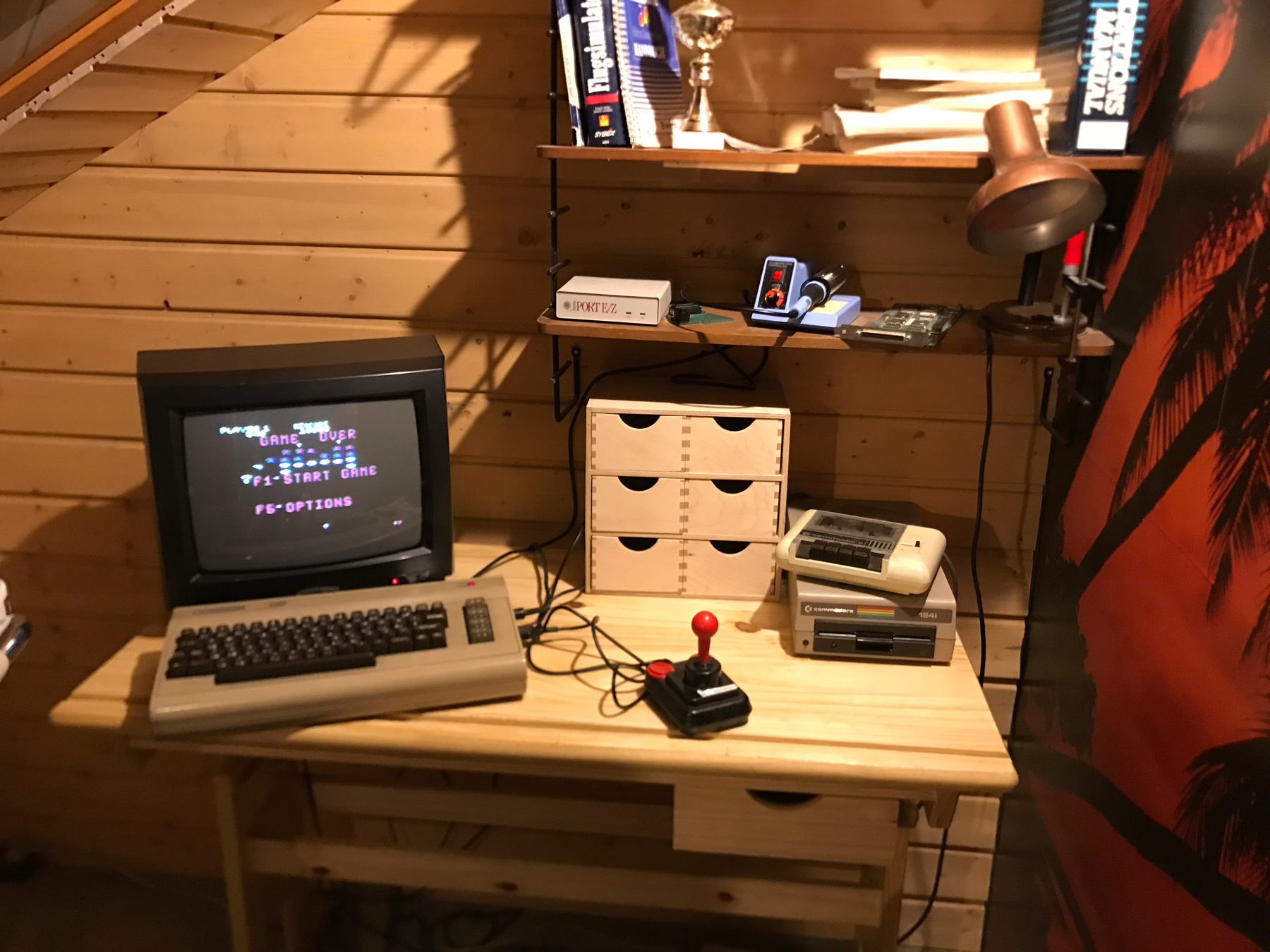
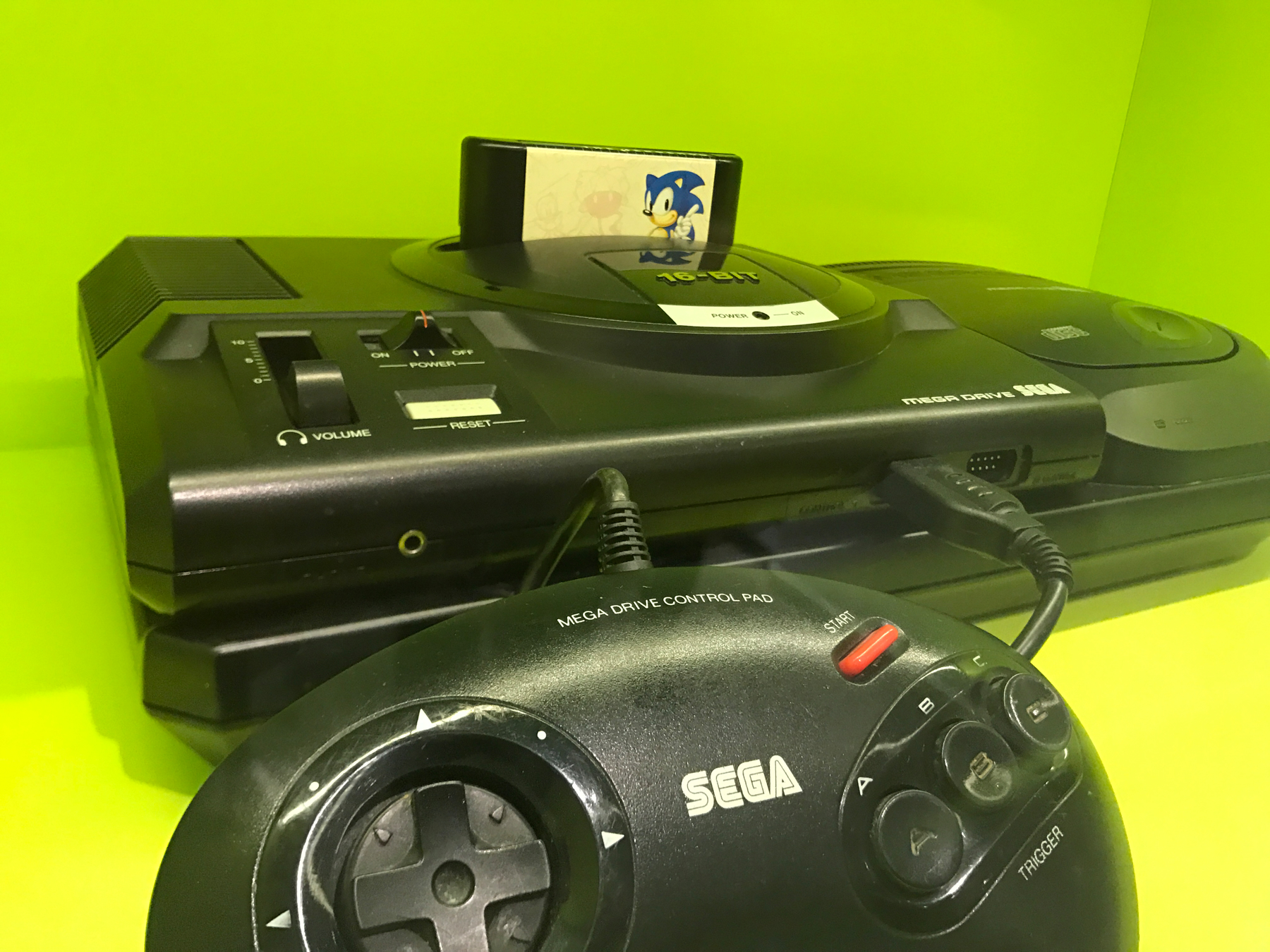
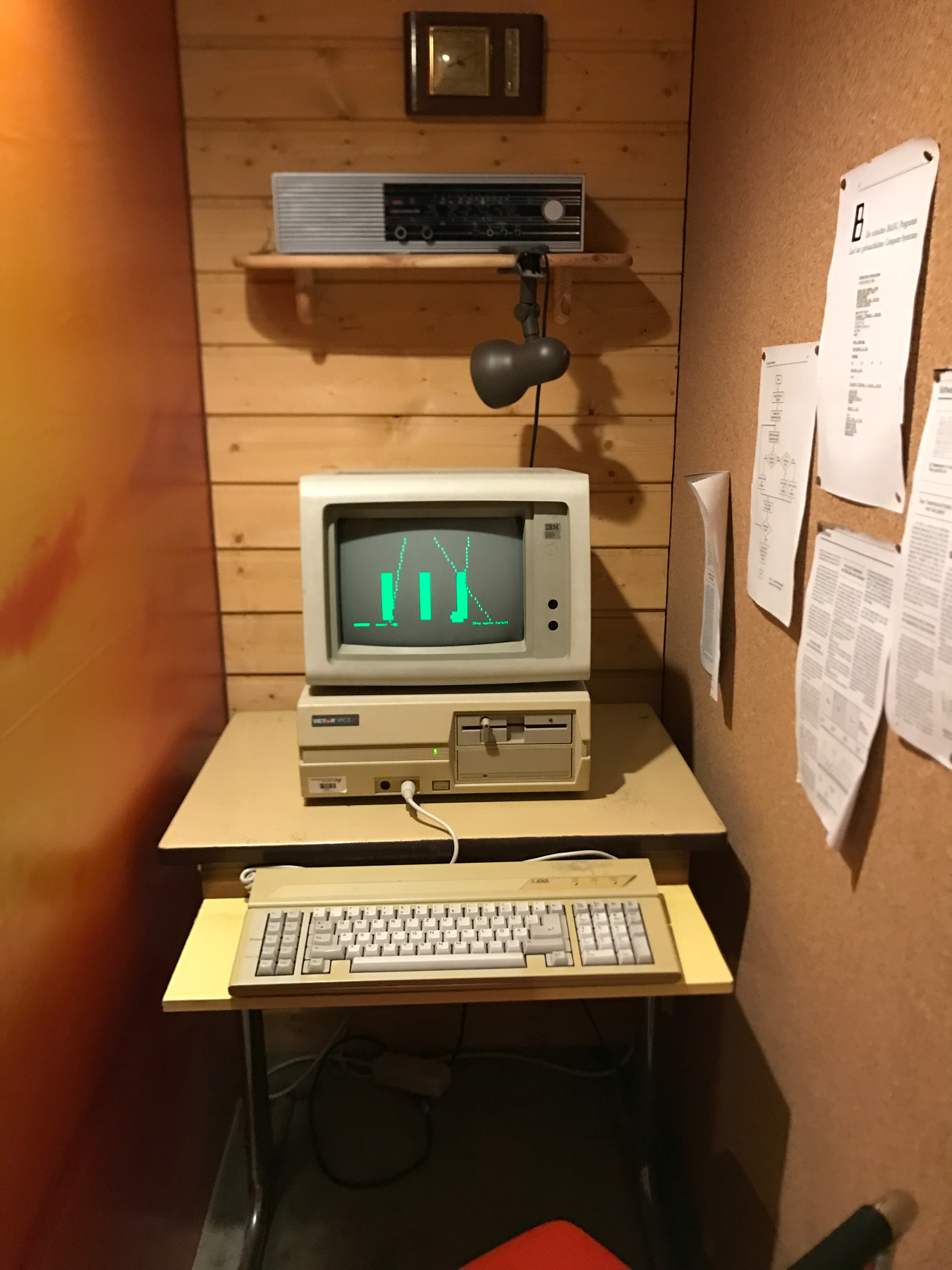
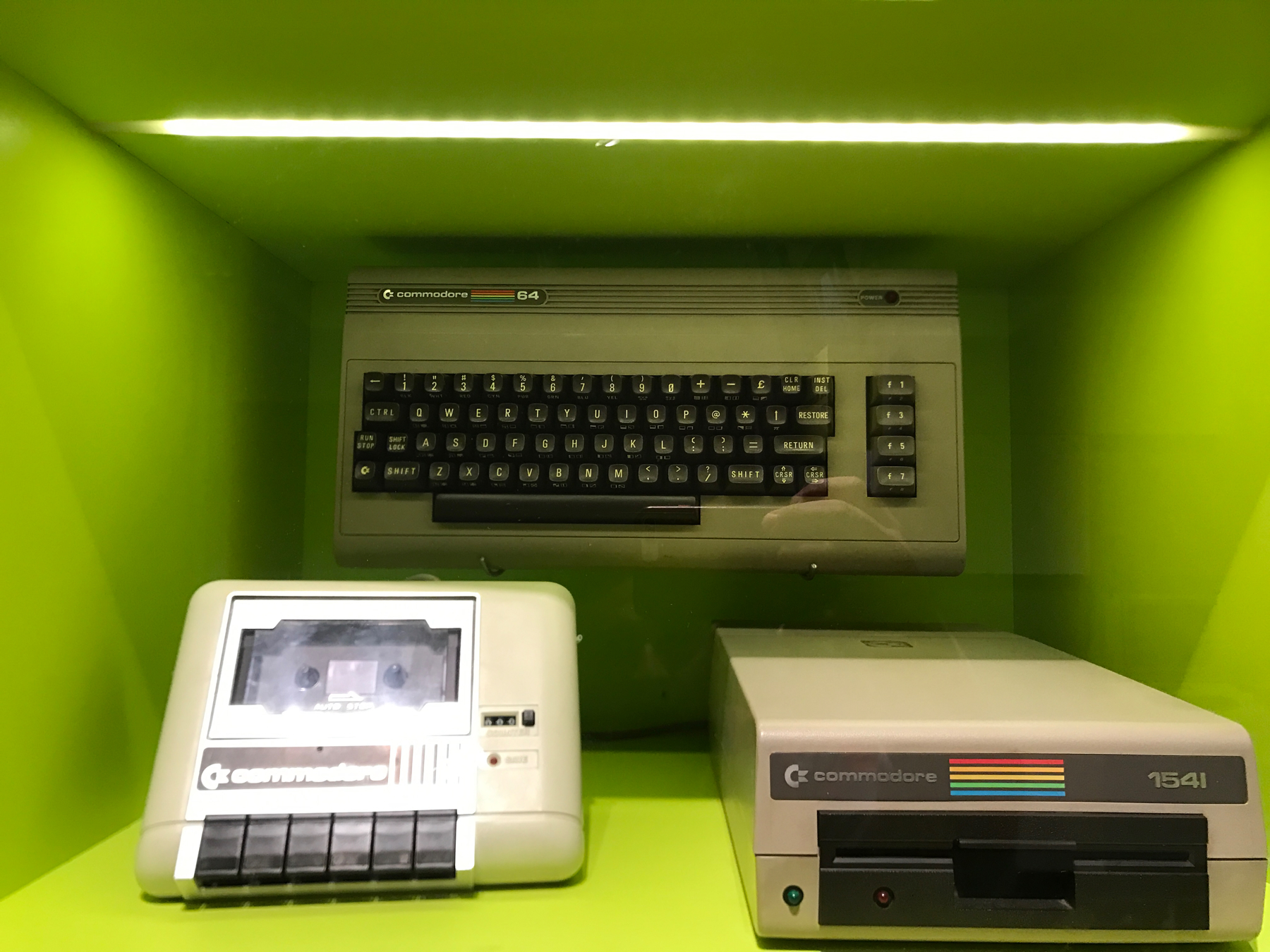
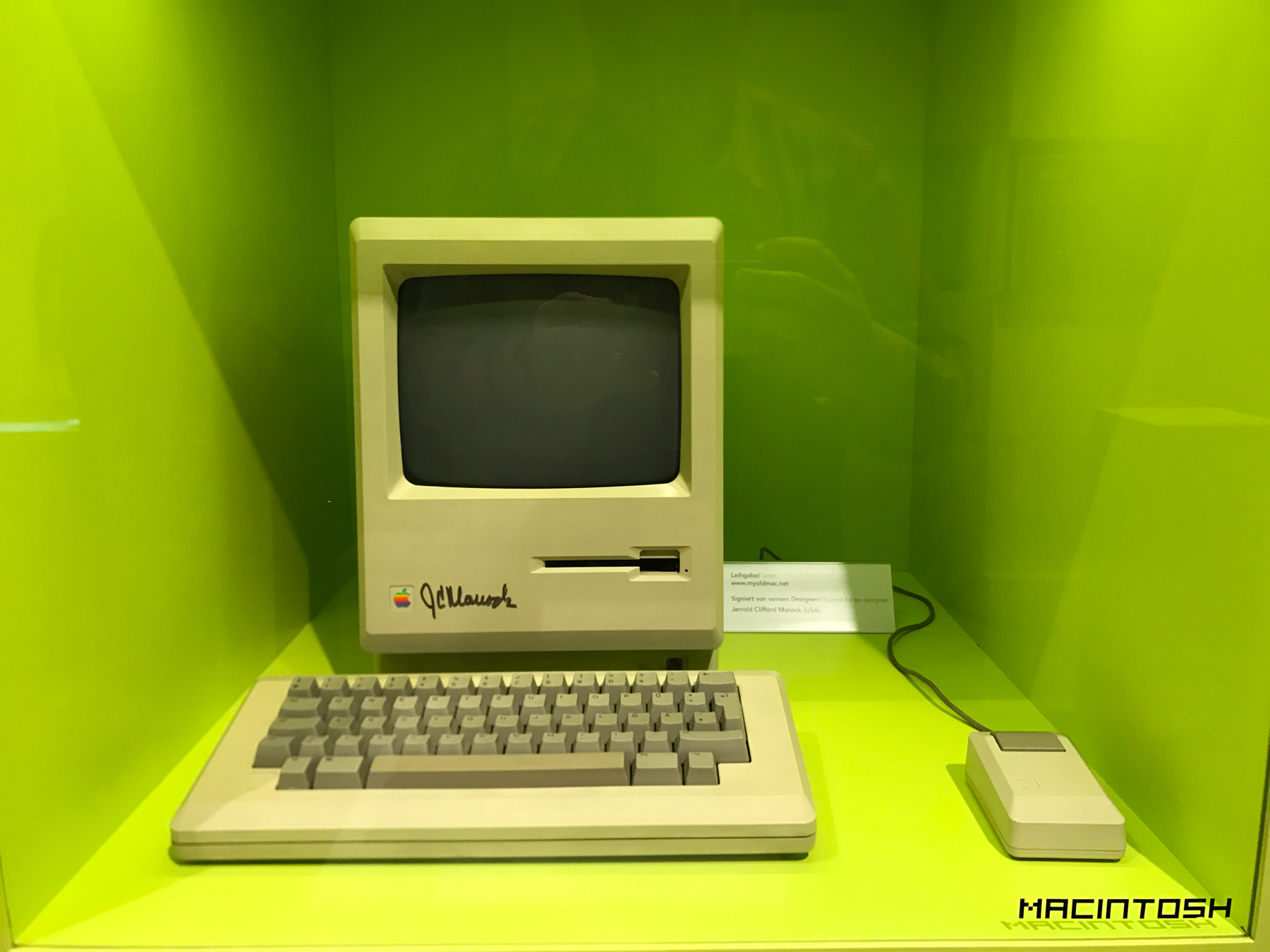
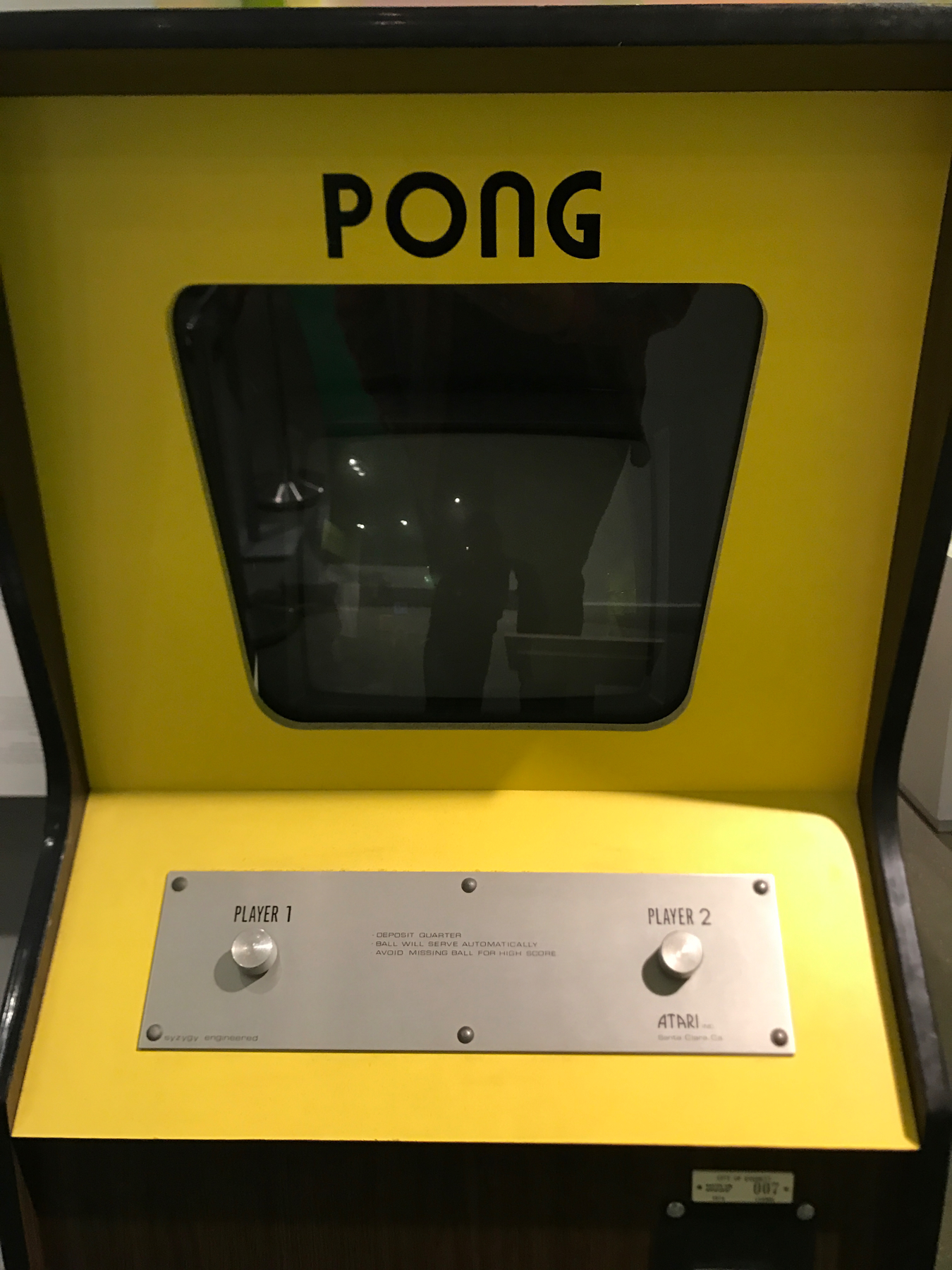
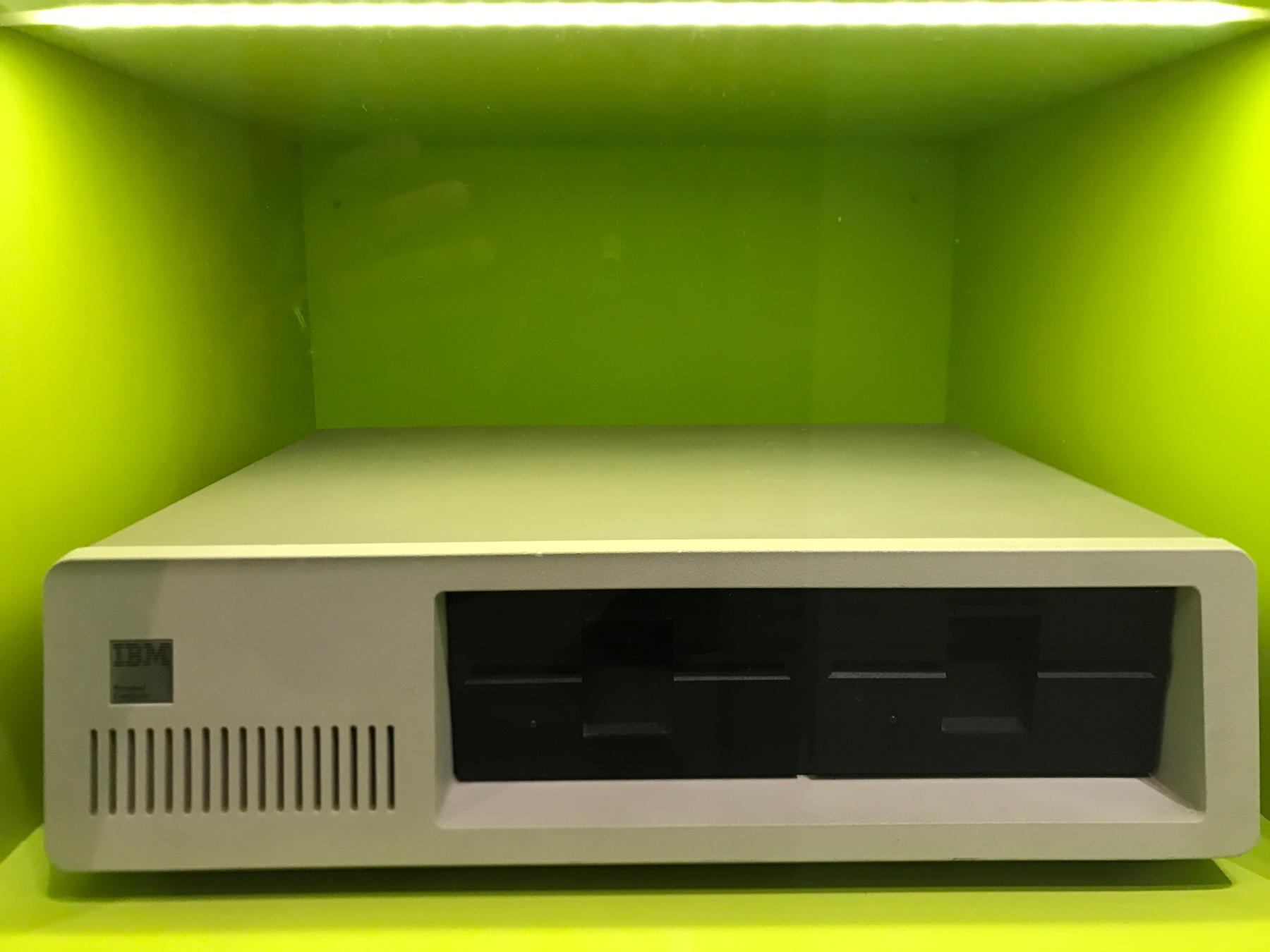
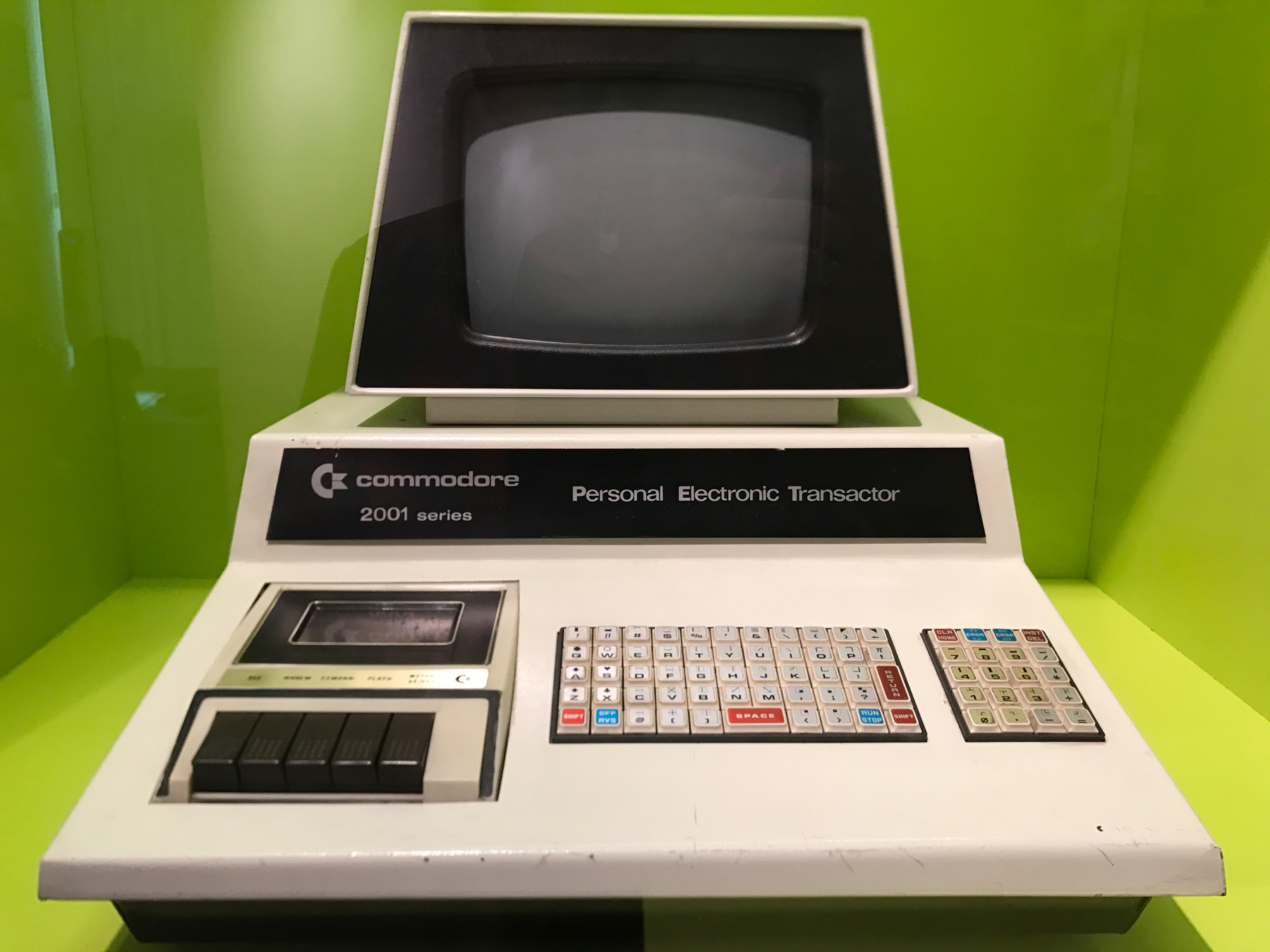
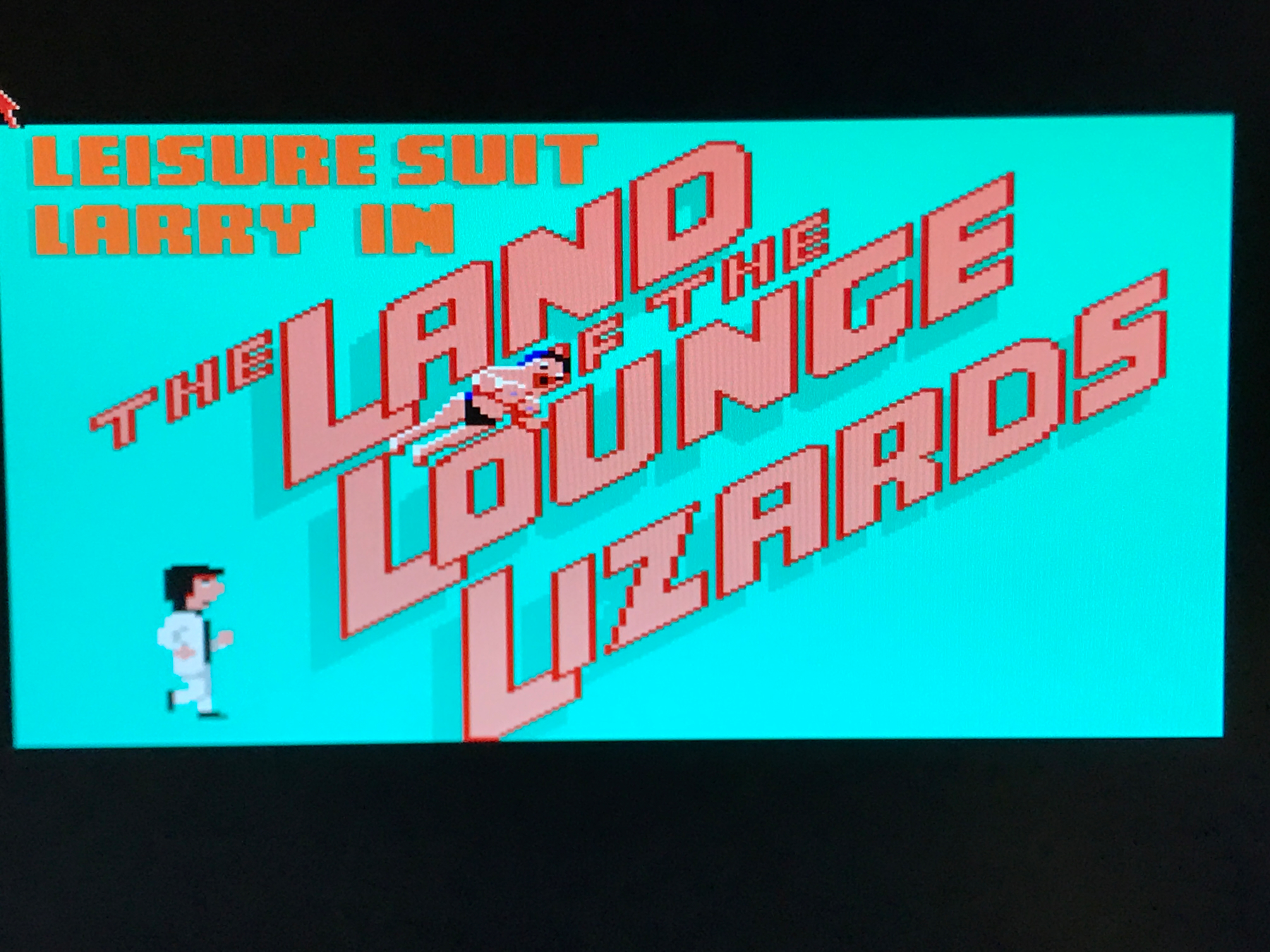
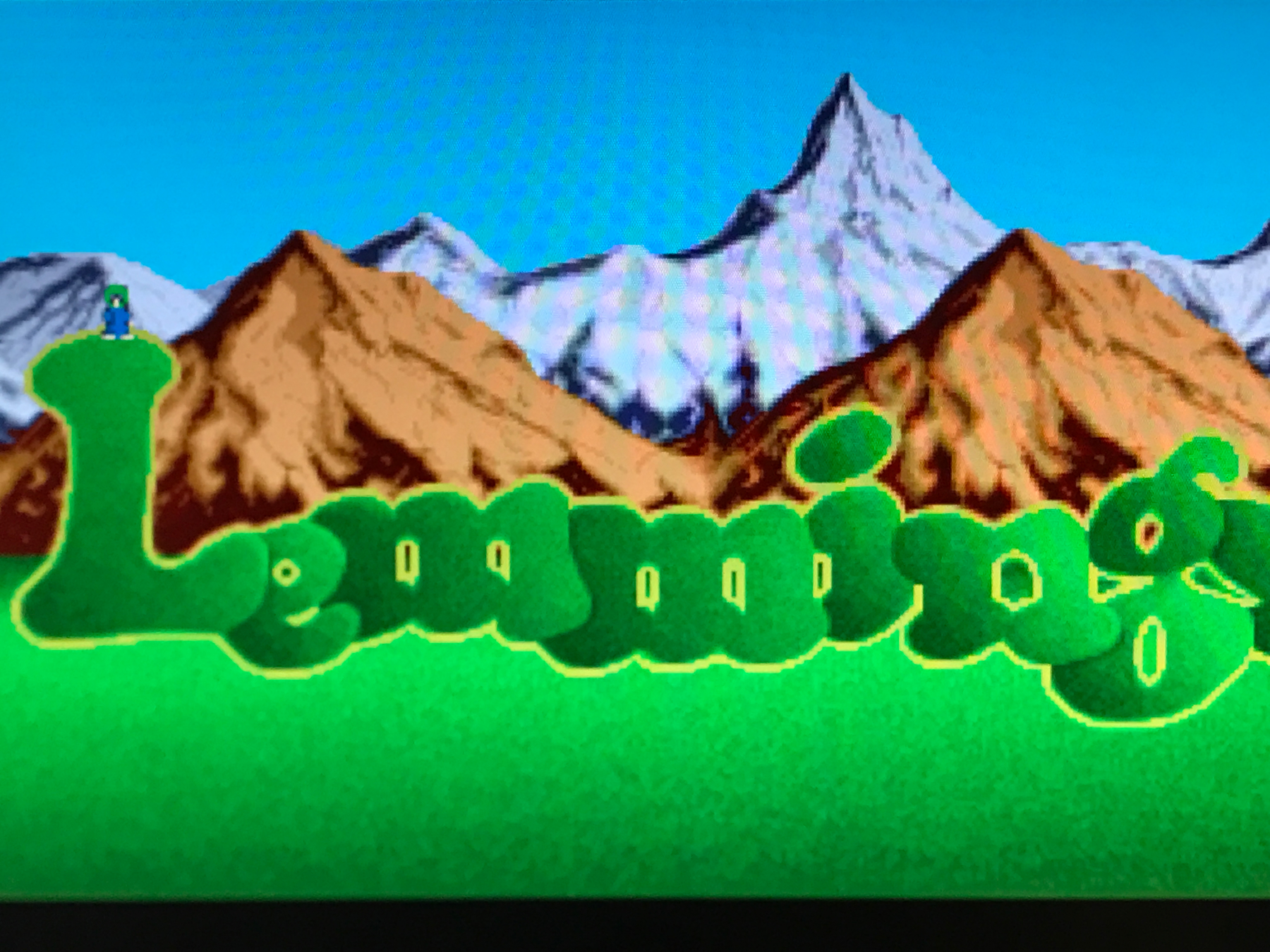
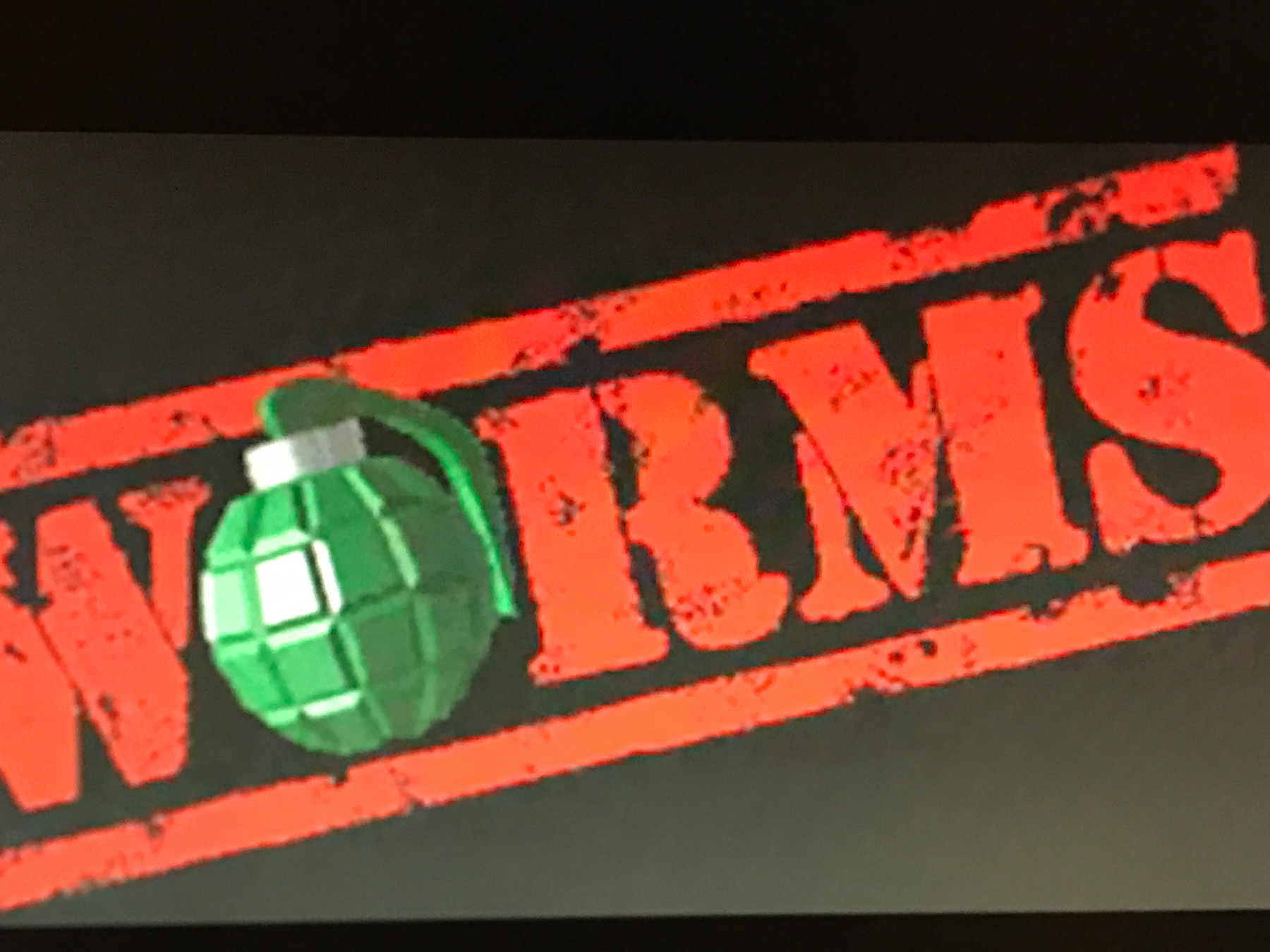
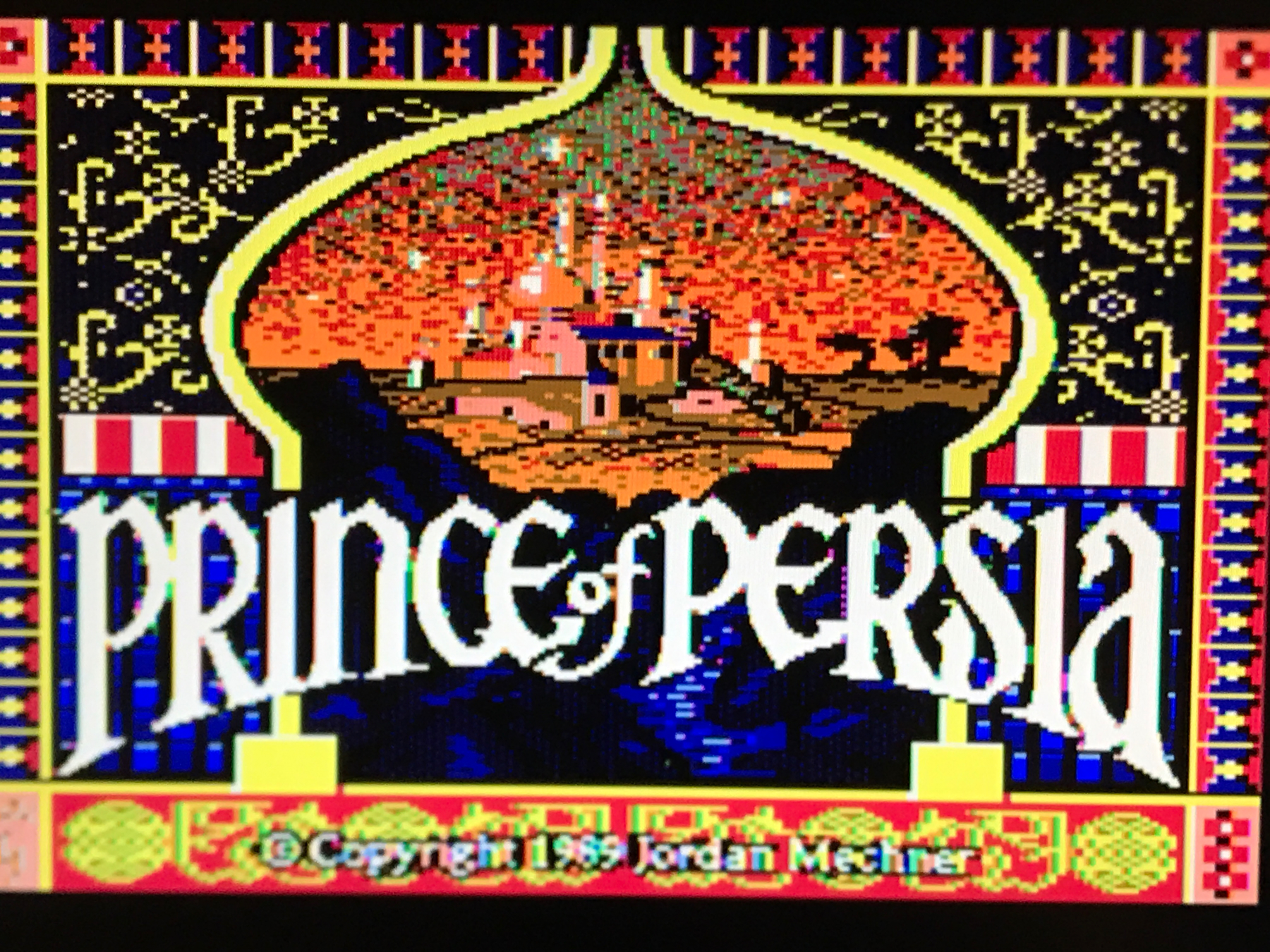
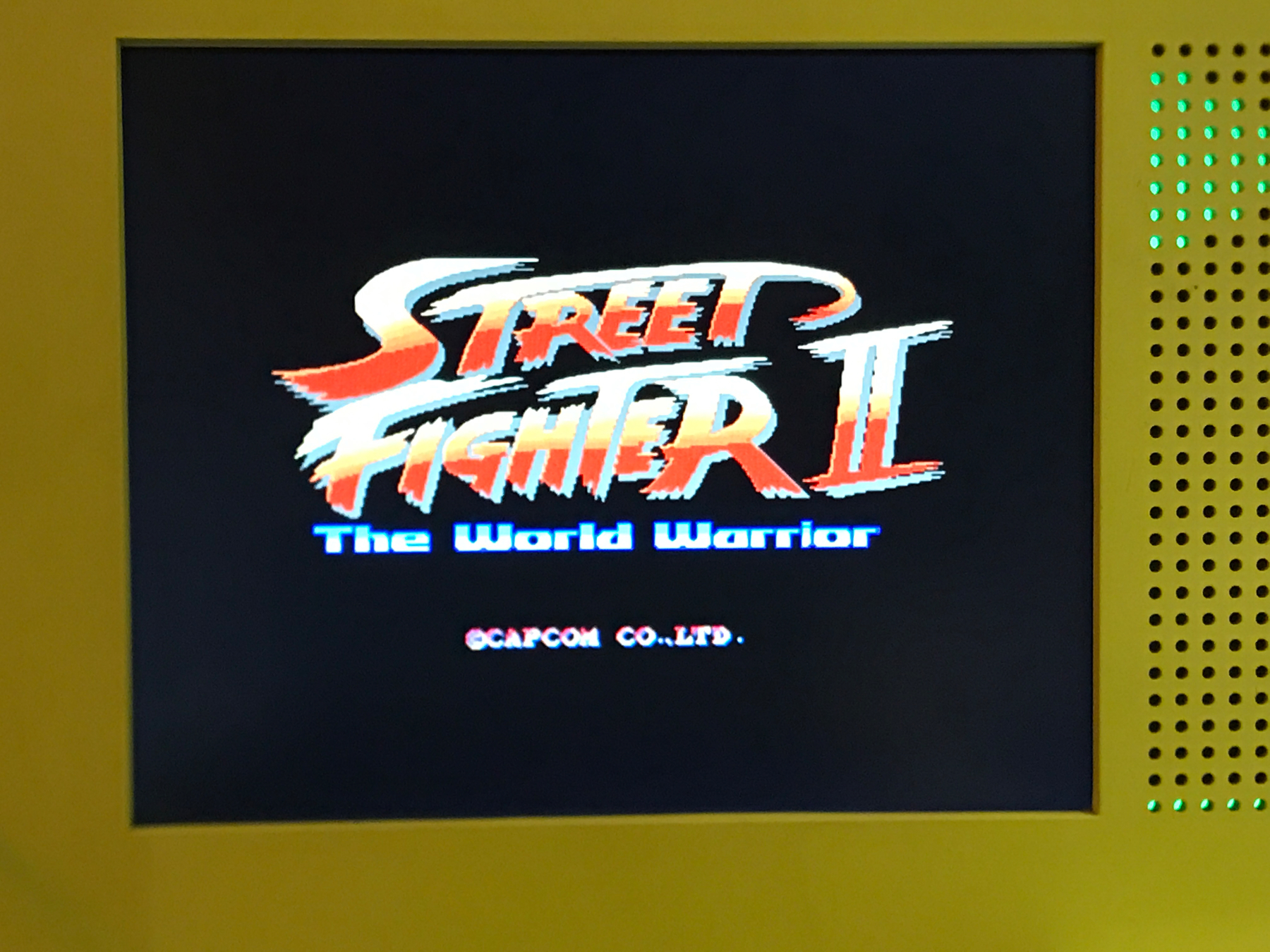
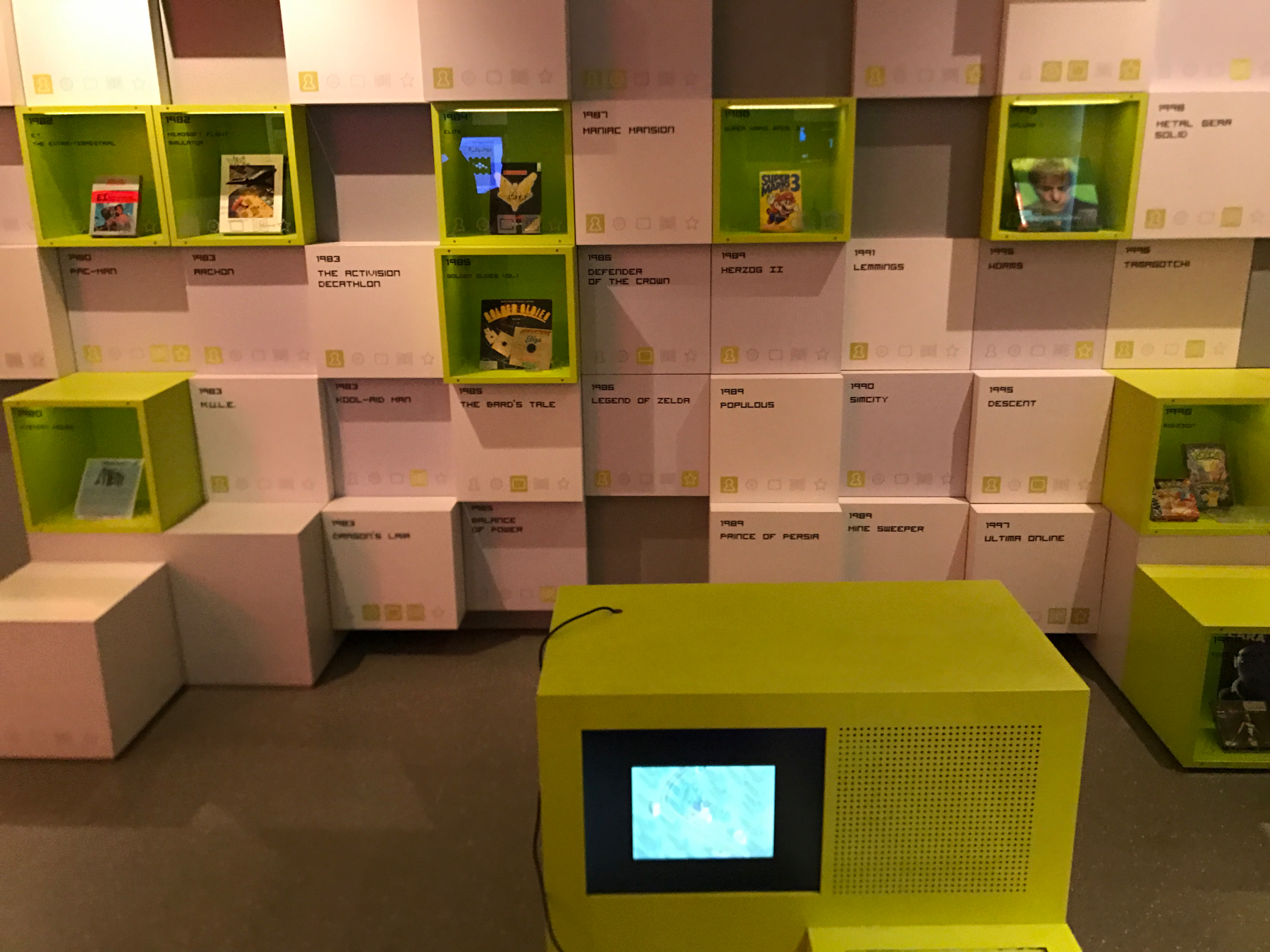
Business idea: a coffee translator.
All I want in Mexico is to just order my coffee.
In Australia I order a long black with cream (pouring cream), or if they don’t have cream, with cold milk. I call it a poor man’s latte. All of the coffee, less milk.
A big cup of black coffee, and I take the temperature and black-coffee-ness out of it with a dash of dairy.
In Baja an Americano is basically a long black, but often filter coffee which would be fine if it was lukewarm. An espresso is an espresso shot. A long black doesn’t exist. I got close today, but once I asked for “like an Americano but hot”, they also brought out hot milk, and you don’t want hot milk in this drink.
My fortune for help on how to order a “long black with cream/milk” in Spanish, or in a way that local baristas will understand.
I’m reflecting on the recent Optus hack today as I wonder what to do with my phone number I’ve had for 20 odd years.
So much of modern society needs a phone number to work and to identify us.
New services register with a phone number and text message verification code, trusting that only you would have your phone number or SIM card.
When I turn off my Australian SIM card in Mexico iMessage warns me the clock has started.
It’s kind of ridiculous that something as fragile as a phone number is the backbone of identity.
I think do Dave Winer’s ten year old blog post proposing DNS as a form of ID, but I feel like that would exclude so many normies.
Funnily enough, in many parts of Mexico the police will take your number plate or drivers license back to the police station as that’s the closest the national identity systems don’t really exist here.
How are we supposed to verify who we are? Maybe a blue tick will help?

Reason no. 72 to read James Hennessy’s email:
“I decided to dig into this, because the prospect of an intersection of forgotten Australian pulp lit and Cold War tech development is, regrettably, extremely my shit”
@jrhennessy
Just going on the record before November 2022 hits to say that I had a blue tick before it wasn’t cool.
That’s right, mum. I was verified before @tealou.
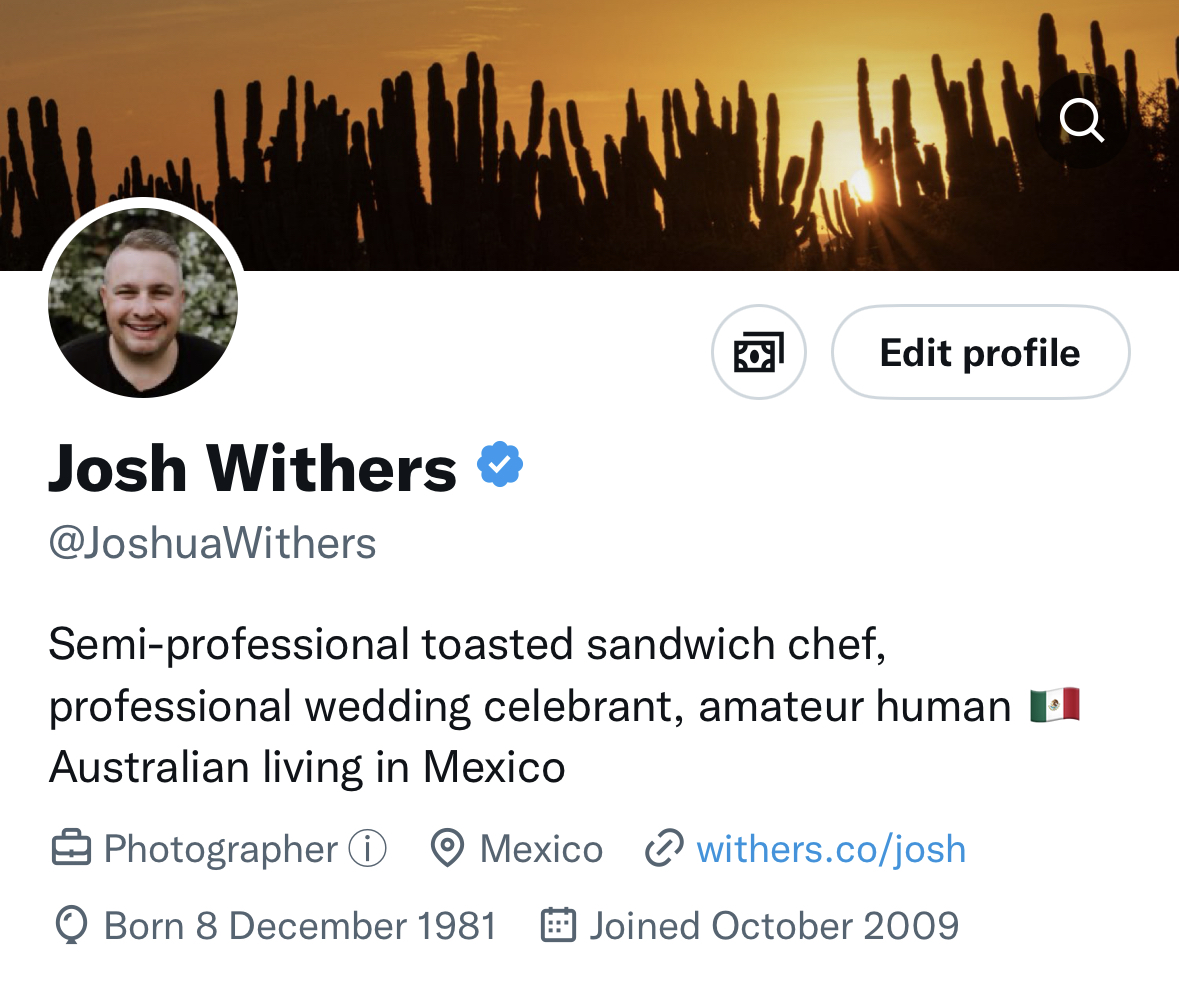
Nieman Labs reckons that newspaper political endorsements might not matter anymore. I think that’s for the better?
Gary Voth’s piece, The Forgotten Lens, reminds me why I love the 50mm so much. I only have a vintage Minolta f/2 manual focus lens at the moment but now I want the Canon RF 50mm f/1.2!
Is this mural on the toilet entry wall about menstruation?
